Reduce Azure Optimization Cost
Gain full visibility into Azure environment and reduce wasted spend immediately

November 12, 2025
September 29, 2025
November 12, 2025
September 29, 2025

Azure cost optimization has become a constant priority for engineering leaders as bills rise faster than expected. While native Azure tools provide dashboards and visibility, they stop short of fixing inefficiencies, leaving engineers chasing anomalies instead of building. That’s where cost optimization platforms come in, combining analytics, automation, and FinOps practices to right-size workloads, detect anomalies early, and align spending with actual business needs. Autonomous platforms like Sedai act in real time to optimize workloads without adding manual overhead, delivering lower costs, stronger reliability, and operations aligned with business goals.
If you’re leading an engineering team on Azure, you already know the trade-off: flexibility on one side, unpredictable costs on the other. Azure now holds 23% of the global public cloud infrastructure market, second only to AWS. That growth proves its importance, but it also means more teams are running into the same issue: bills that climb faster than expected.
The waste is real. Studies show that as much as 32% of cloud spend disappears into idle or misconfigured resources. At the same time, Gartner reports that 68% of organizations expect their cloud budgets to increase.
For engineering leaders, that translates into a constant balancing act: deliver new features and reliability, while keeping finance from questioning every line item on the invoice.
The real problem isn’t a lack of data. It’s that dashboards and reports don’t fix the waste in real time. Too often, engineers are stuck chasing cost anomalies instead of building.
That’s why we have created this blog that highlights the top 25 Azure cost optimization tools for 2025, solutions designed to give you more than charts, from sharper cost insights to platforms that can actually act on inefficiencies as they happen.
We’ve sat in too many war rooms where an engineering team tries to explain why the Azure bill doubled overnight. It’s never a neat story. Maybe someone left a “test” environment running for three months. Maybe VMs were oversized to avoid performance complaints. Or maybe the dashboard looked fine until finance came knocking. The pattern is always the same: visibility exists, but control doesn’t.
That’s where Azure cost optimization comes in. It’s the practice of managing and reducing cloud expenditures while still meeting performance and scalability requirements. Done right, it aligns spending with actual business needs rather than wishful estimates or last-minute patches.
Effective Azure cost optimization includes activities like rightsizing virtual machines (VMs), managing storage costs by selecting the right storage tiers, and eliminating idle or underutilized resources. Azure’s pay-as-you-go model provides flexibility, but also challenges in keeping spending predictable and within budget.
If cost optimization is the discipline, the tools are what make it possible at scale. An Azure cost optimization tool is a software solution designed to help organizations manage and optimize their cloud spending on Azure. These tools enable teams to track usage, identify underutilized resources, forecast future costs, and receive automated recommendations to reduce unnecessary spending.
Typical capabilities include:
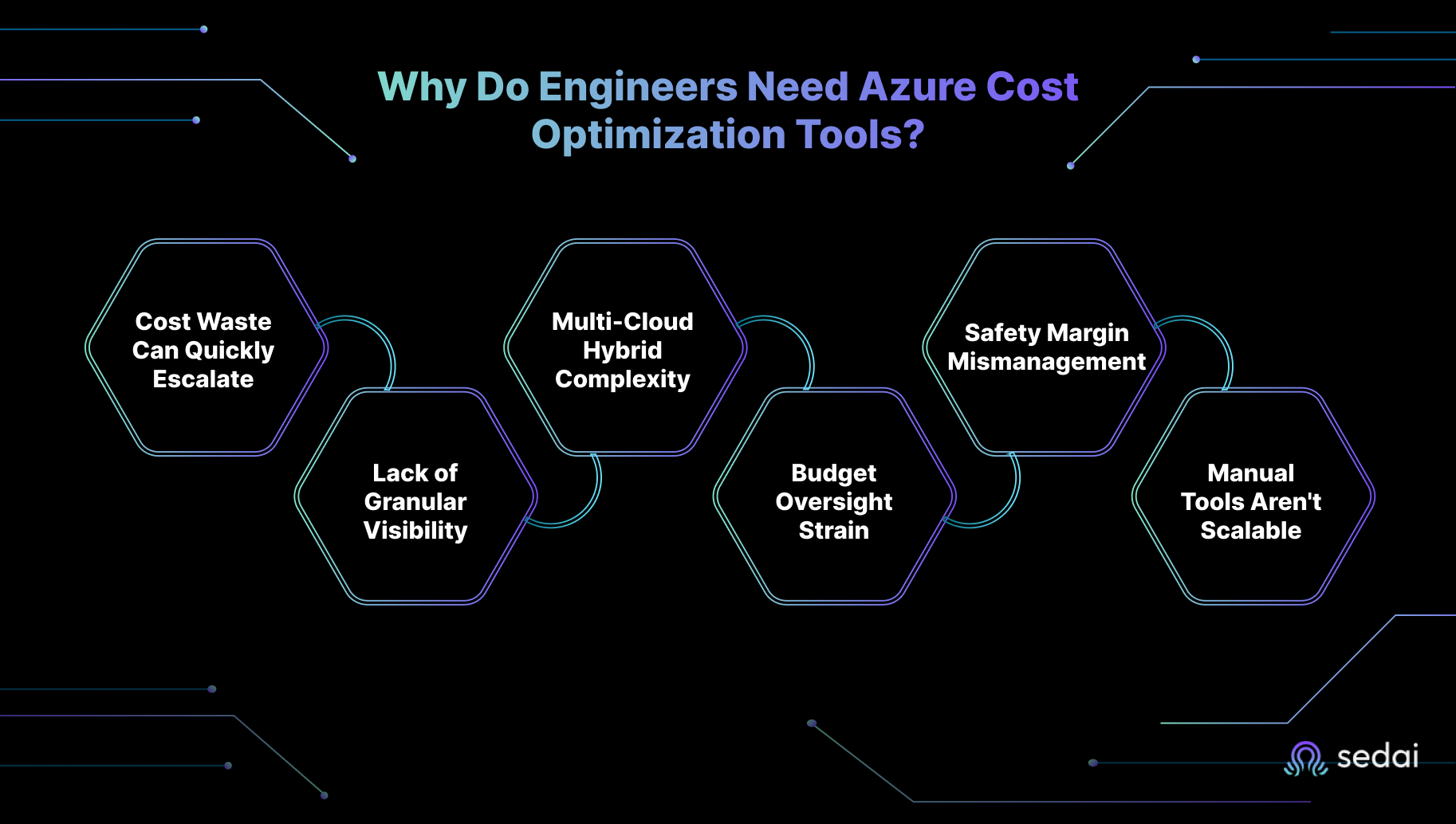
Ask any engineering leader who’s tried to tame an Azure bill, and you’ll hear the same story: what starts as manageable spend can spiral into millions in waste. Azure’s flexibility is its greatest strength, but it’s also the reason costs balloon so easily.
A single misconfigured workload, a “temporary” VM left running, or over-provisioning for safety can quietly drain budgets long before anyone notices. This is why cost optimization tools have become less of a “nice to have” and more of a necessity for engineering teams.
Here are the key reasons why:
We’ve seen mid-sized organizations burn through millions in waste each year, usually not due to incompetence, but because no one noticed the idle clusters and oversized VMs until finance flagged the bill.
BCG reports that cost-saving initiatives can reduce waste by 6-14% initially, with further optimization efforts resulting in savings of 8-20%. For large enterprises, this could translate into significant financial relief.
Azure’s pricing models are notoriously complex. Try breaking down costs by department, team, or project, and suddenly no one knows which service is quietly draining the budget. Engineers often have partial visibility at best, making it nearly impossible to link spend back to usage in a way that drives meaningful action.
Most enterprises aren’t running Azure in isolation. Deloitte reports 73% run hybrid setups and 53% juggle multiple providers. That complexity means manual oversight becomes a losing game. You can’t realistically expect engineers to track every resource, every region, and every provider without missing something costly.
Cloud budgets face tighter scrutiny, especially with generative AI workloads consuming more resources. Without proper controls, even promising innovation can become a liability when costs outpace returns.
Engineering teams often over-provision resources to ensure performance and reliability, leading to unnecessary waste. In the absence of structured cost governance, organizations are often provisioning resources that far exceed actual needs. With Azure cost optimization tools, these inefficiencies can be automatically identified and corrected, preventing costly over-provisioning.
While traditional optimization tools can identify resource inefficiencies, they fall short when it comes to taking action. Forrester's 2024 Automation Survey shows that organizations adopt automation tools to manage multi‑cloud environments, yet dashboards alone cannot scale since engineering teams lack time to implement recommendations.
What engineering leaders need now is autonomy: systems that act in real time, rightsizing and reallocating before waste spirals.
By utilizing Azure cost optimization tools, engineering teams can automate cost management, gain deeper visibility into usage patterns, and optimize resources based on actual needs.
Choosing the right tool is often the difference between saving a few percentage points off your Azure bill and fundamentally changing how your organization manages cloud spend.
Azure’s built-in tools can get you part of the way: budgets, dashboards, and usage reports are table stakes now, but most engineering leaders quickly realize that surface-level visibility isn’t enough.
Most vendors will tell you their tool “allocates costs,” “tracks anomalies,” and “optimizes usage.” That’s fine, but dashboards don’t save money. Actions do. That’s why the best Azure cost optimization platforms in 2025 don’t just analyze. They execute. They act safely, autonomously, and in real time.
Below, we explore 10 top tools for Azure cost optimization, detailing their key features. Let’s start with the one that actually lives up to that promise.
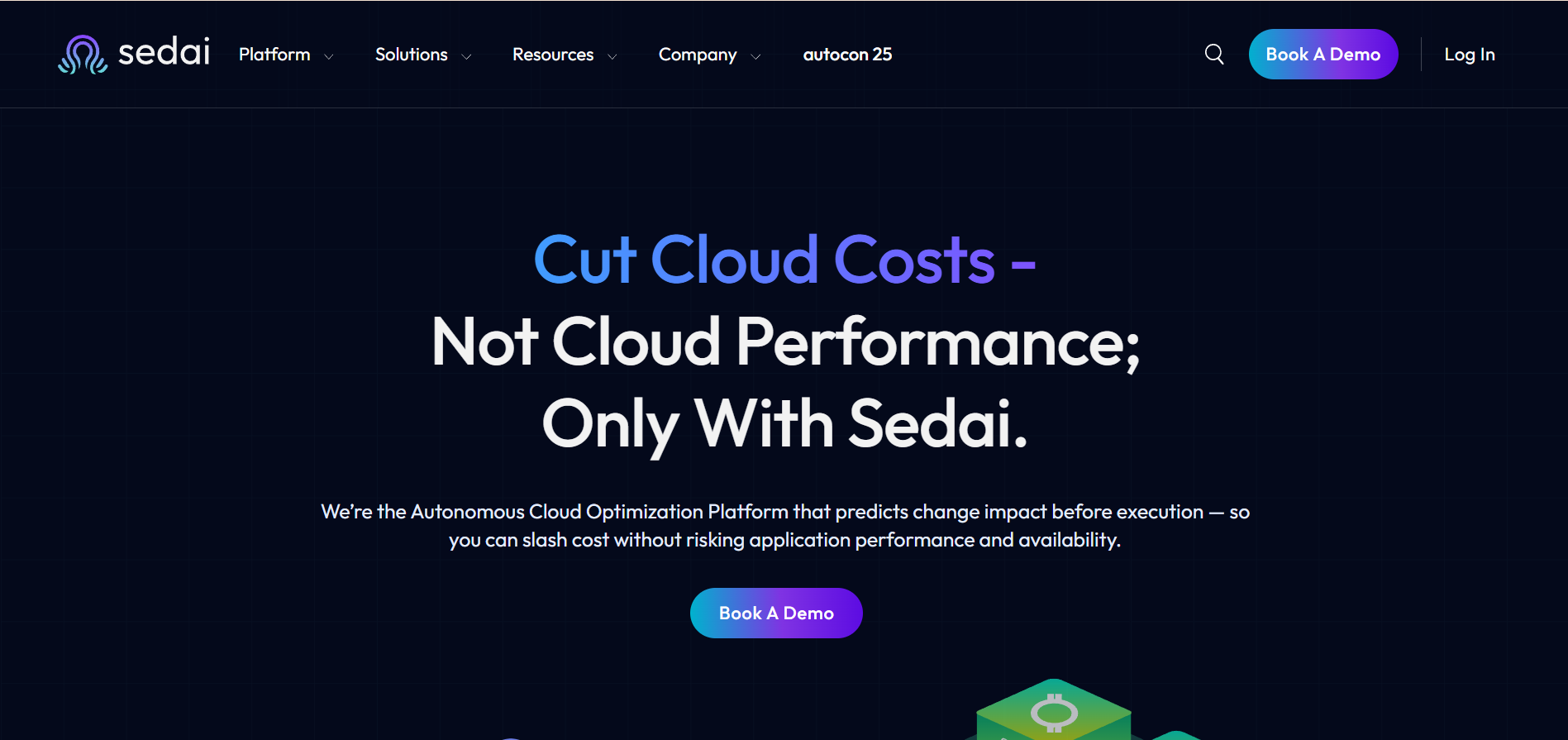
Engineering teams are caught in a constant struggle to manage cloud costs while maintaining system reliability. Traditional tools lack the context and ability to act on those insights. This leaves engineering teams scrambling to act on those insights manually.
Sedai takes a different path. Instead of waiting for engineers to react, it acts autonomously:
This real-time intelligence is what sets Sedai apart. Where most platforms show you what’s wrong, Sedai actually fixes it, adjusting commitments, rightsizing resources, and tuning workloads without manual input.
For enterprises, this means:
Key Features:
Best for: Enterprises managing large-scale, multi-cloud environments that need real-time optimization without constant manual adjustments and engineering teams who want to reduce cloud costs without adding more manual tasks to their plate.
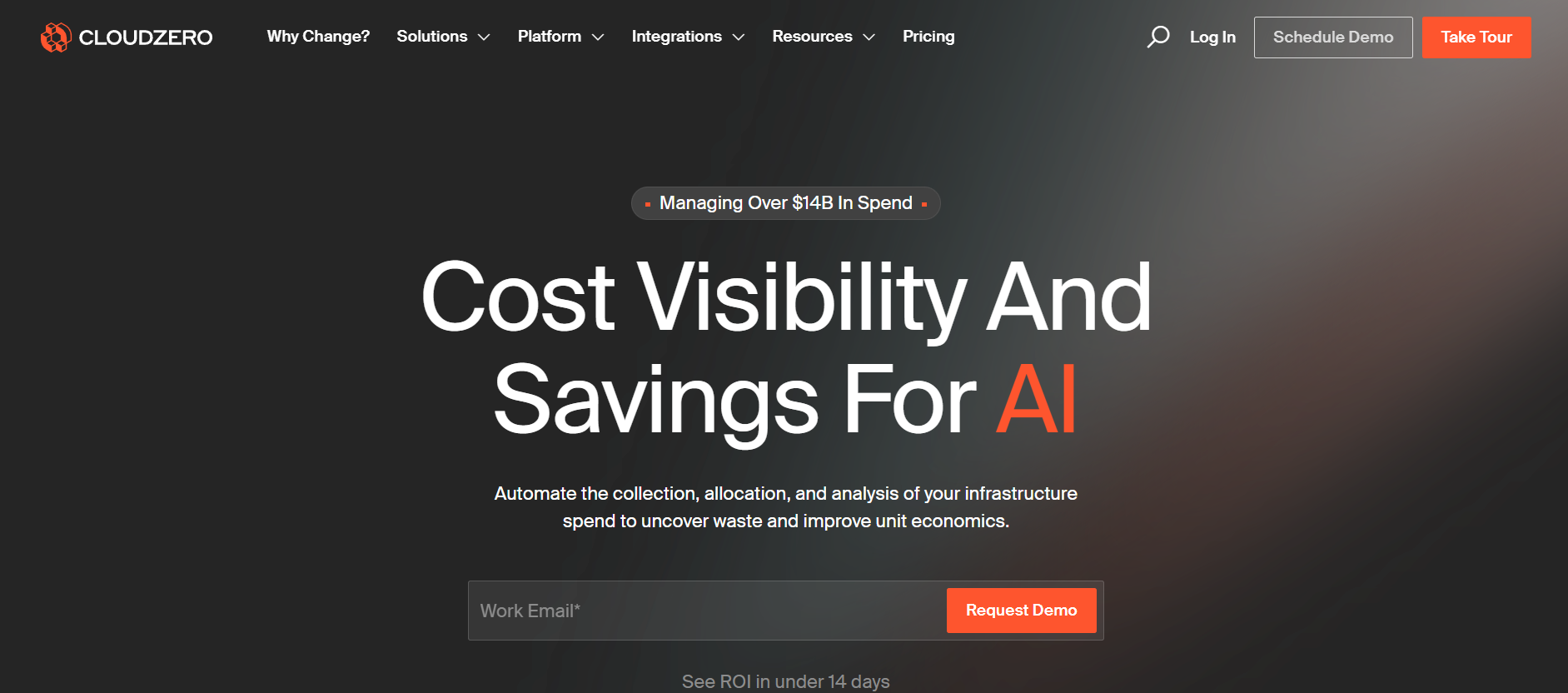
CloudZero offers a real-time cloud cost intelligence platform that focuses on providing detailed visibility into how resources are used across teams, products, and features. It helps organizations to optimize cloud spending by tracking costs at a granular level, enabling precise cost allocation and anomaly detection. With a unit economics approach, CloudZero helps businesses understand their cloud costs per customer or feature, which improves decision-making and boosts ROI.
Key Features:
Best For: Engineering teams that want detailed cost visibility and the ability to align cloud costs with customer or product features. Ideal for companies seeking clear, actionable insights to optimize cloud spending.
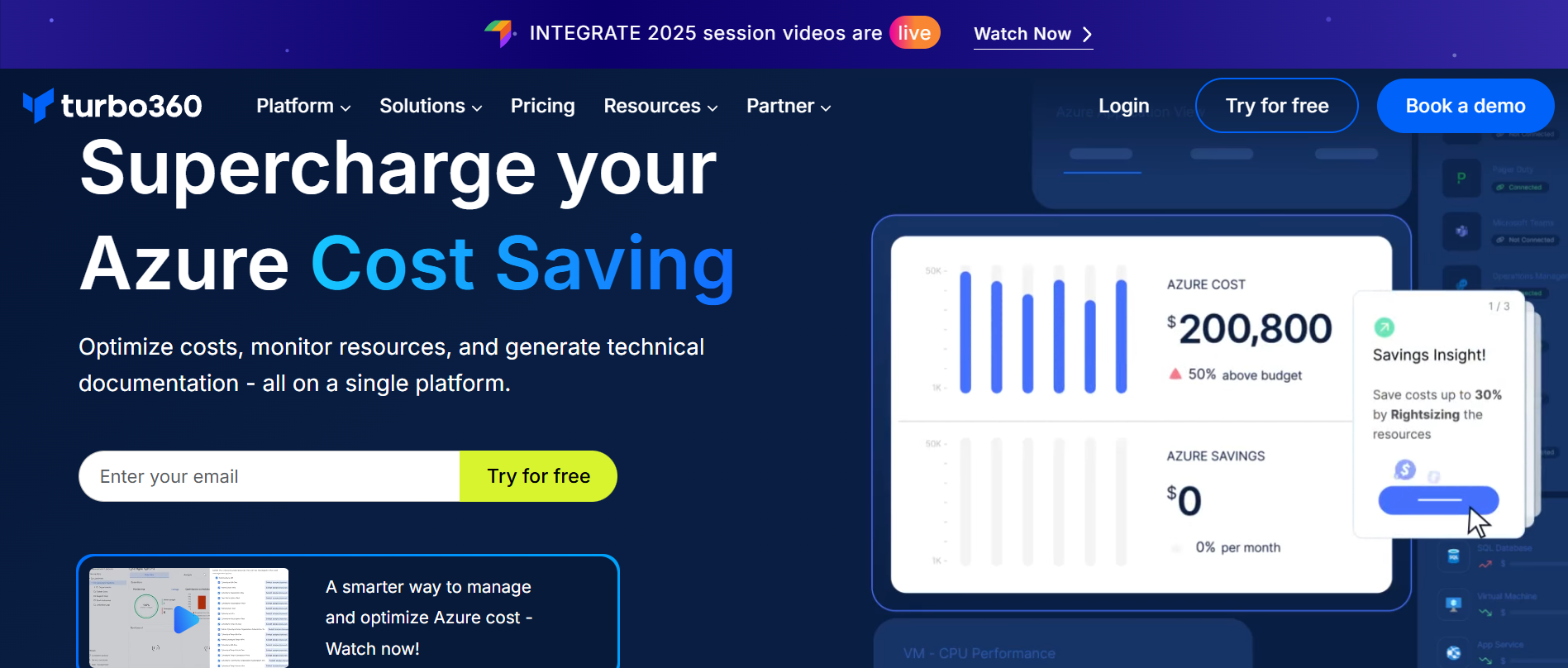
Turbo360 is an advanced Cloud Management Platform designed to optimize Azure costs and enhance infrastructure monitoring for complex Azure environments. It enables organizations to achieve significant Azure cost savings and improve operational efficiency.
Key Features:
Best for: Small-to-medium businesses looking for a straightforward cost analysis tool with budgeting and forecasting capabilities to reduce cloud waste.
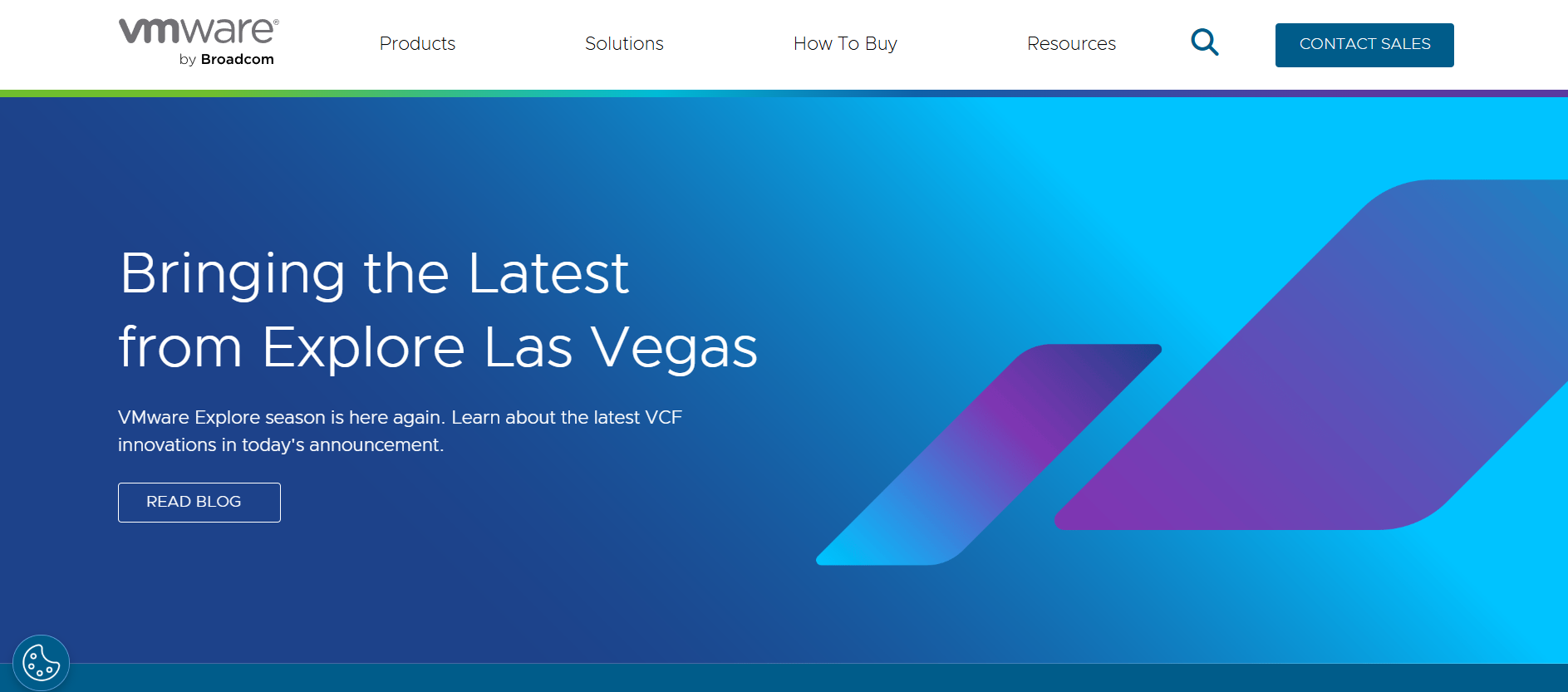
CloudHealth is a comprehensive cloud management platform designed to optimize and govern multi-cloud environments, including Azure. It offers powerful cost management capabilities alongside security, performance, and compliance monitoring. CloudHealth's intuitive dashboard provides a centralized view of cloud spending, enabling organizations to track, manage, and optimize their Azure resources efficiently.
Key Features:
Best for: Enterprises with complex, multi-cloud environments that need centralized cost management and compliance monitoring.
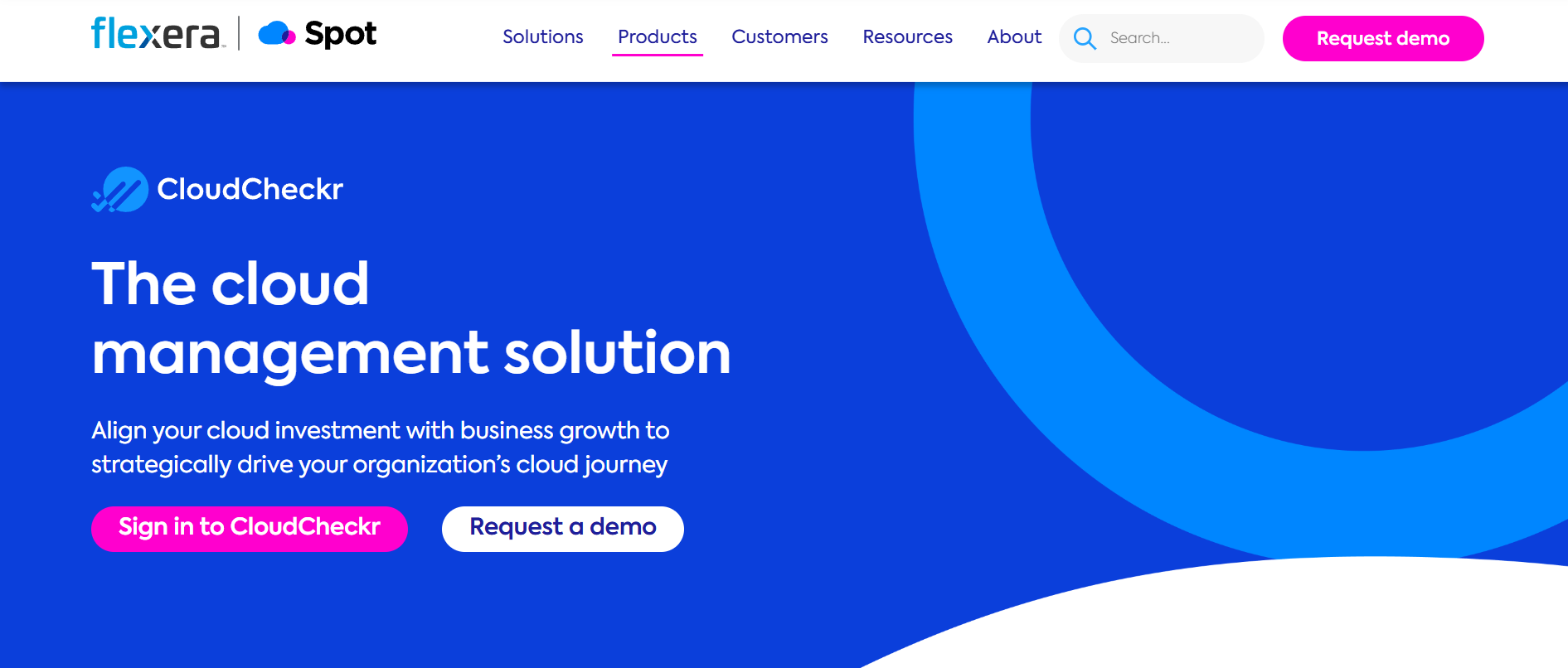
CloudCheckr is a leading cloud management platform offering extensive cost optimization features, including resource rightsizing and recommendations for cost reduction. It provides detailed reporting on cloud resources and usage, helping businesses identify and eliminate unnecessary expenditures.
Key Features:
Best for: Organizations needing a comprehensive cloud management tool that combines cost optimization with security and compliance tracking.
ParkMyCloud focuses on automating the scheduling of cloud resources to minimize idle times and unnecessary costs, especially for non-production environments. This tool is ideal for businesses with development, testing, or staging environments where resources are often running during off-hours. ParkMyCloud helps businesses reduce cloud waste by automatically turning off idle resources based on custom schedules.
Key Features:
Best for: Organizations looking to automate the management of non-production resources and reduce costs from idle time in development and test environments.

Densify is a cloud optimization platform that uses machine learning to analyze resource usage patterns and make recommendations for cost-saving optimizations. It helps businesses with continuous rightsizing of cloud resources, ensuring that they are always matched to workload requirements. Densify’s intelligent recommendations ensure optimal performance while reducing unnecessary cloud spending.
Key Features:
Best for: Companies requiring continuous cloud optimization and automated resource management based on performance metrics. Ideal for organizations with dynamic cloud environments.
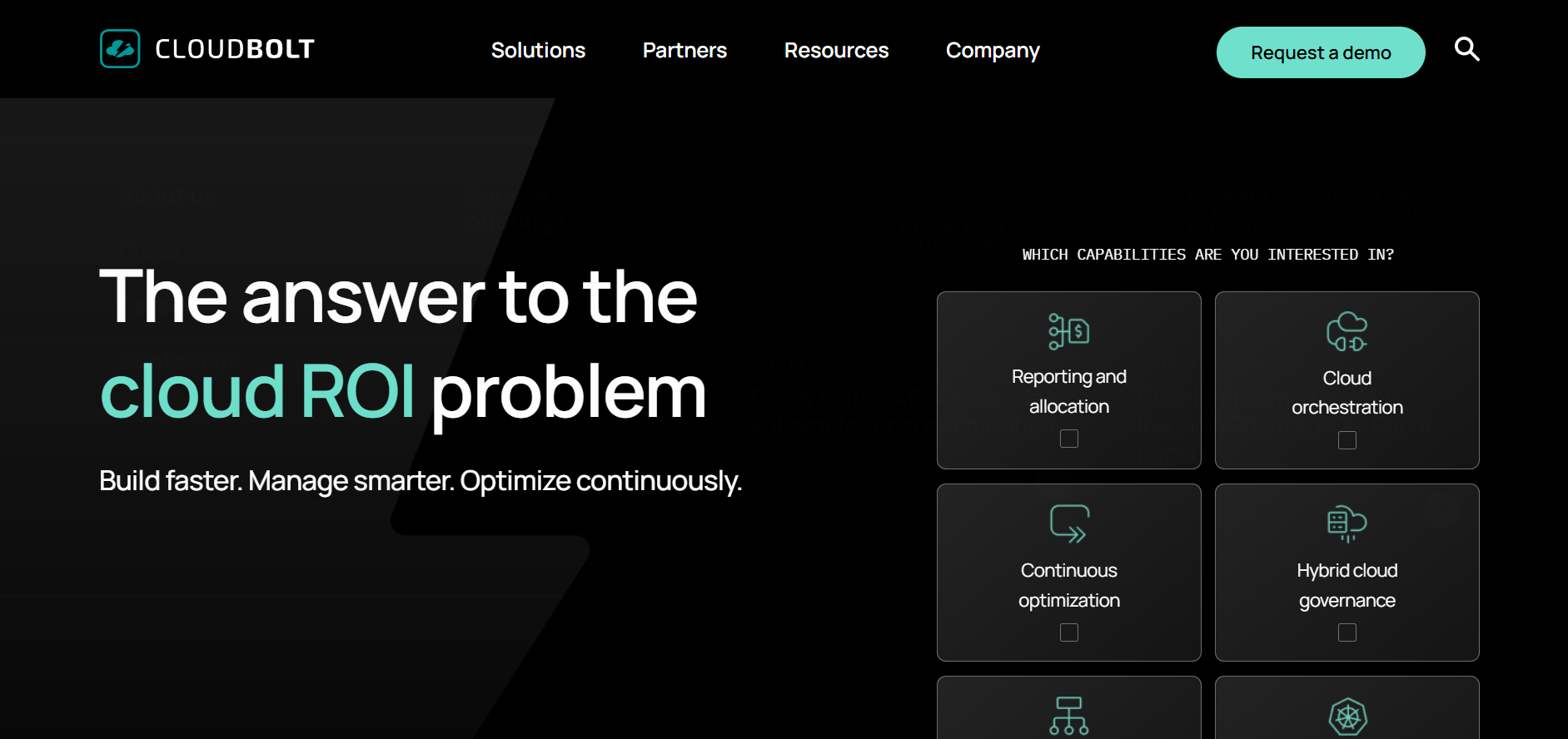
CloudBolt is a cloud management platform designed for enterprises with multi-cloud environments. It provides detailed cost tracking, budgeting, and optimization tools for Azure, AWS, GCP, and more. CloudBolt helps businesses improve visibility into their cloud infrastructure and optimize resource allocation across different cloud platforms, leading to better cost management.
Key Features:
Best for: Large enterprises with complex multi-cloud environments requiring centralized cost tracking, resource optimization, and financial management.
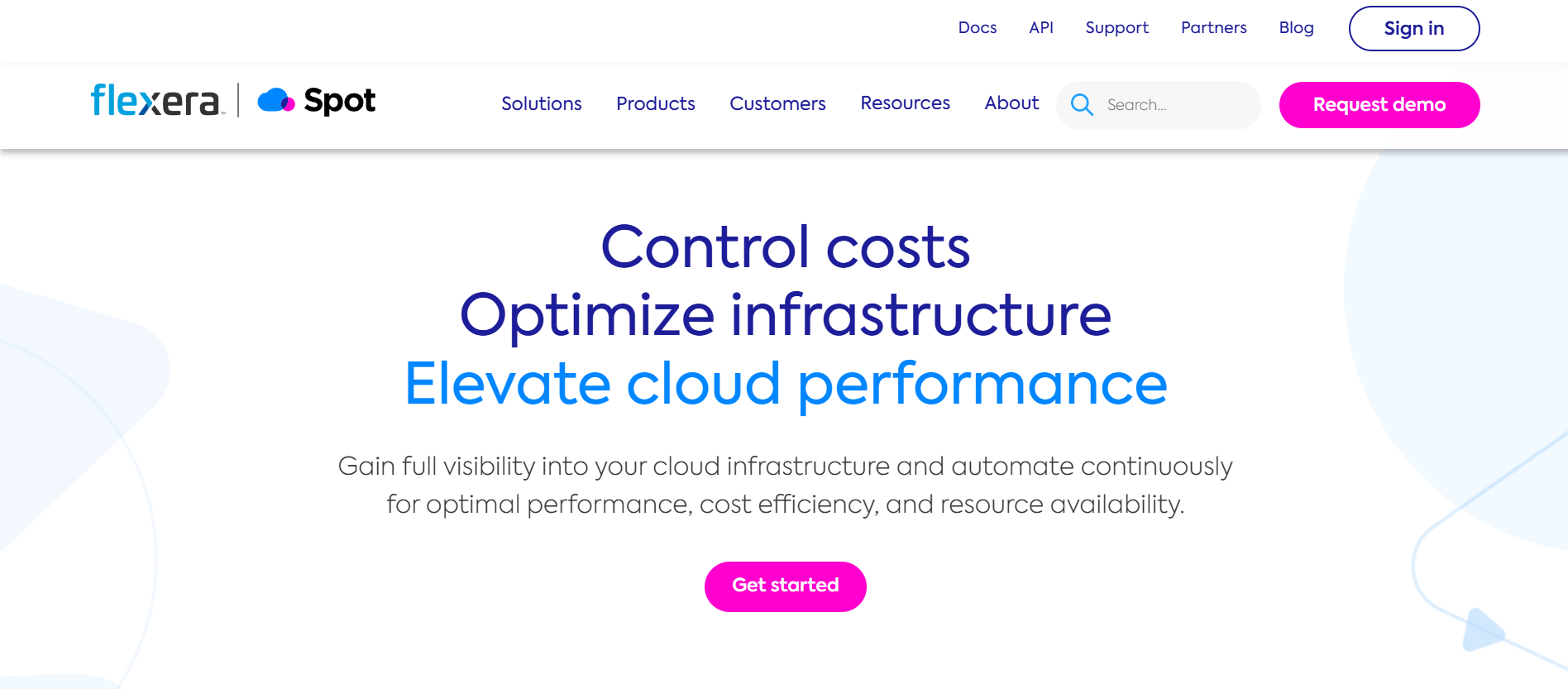
Spot by NetApp focuses on automating cost optimization for cloud workloads using intelligent algorithms to manage workloads efficiently. Spot uses Spot Instances, AutoScaler, and Elasticity to dynamically adjust resources based on demand.
Key Features:
Best for: Businesses seeking to optimize compute costs by leveraging spot instances and automated resource scaling for dynamic workloads.
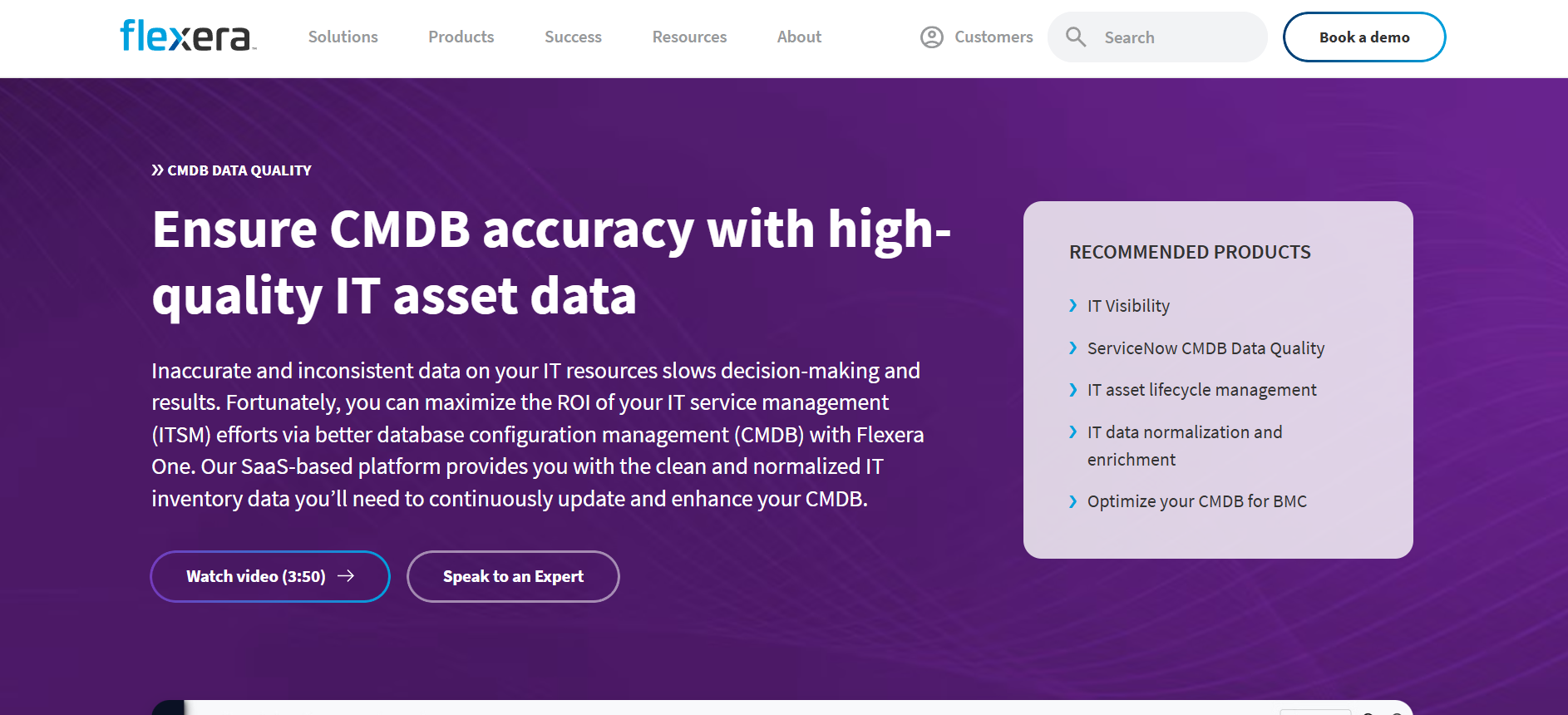
Flexera offers a robust cloud management solution with strong capabilities for cost optimization, governance, and compliance. It provides a centralized dashboard to track and manage cloud resources across Azure and other platforms. The tool helps organizations identify inefficiencies, right-size resources, and automate resource management to optimize cloud costs.
Key Features:
Best for: Large enterprises with complex cloud environments needing multi-cloud resource management, compliance tracking, and optimization tools.
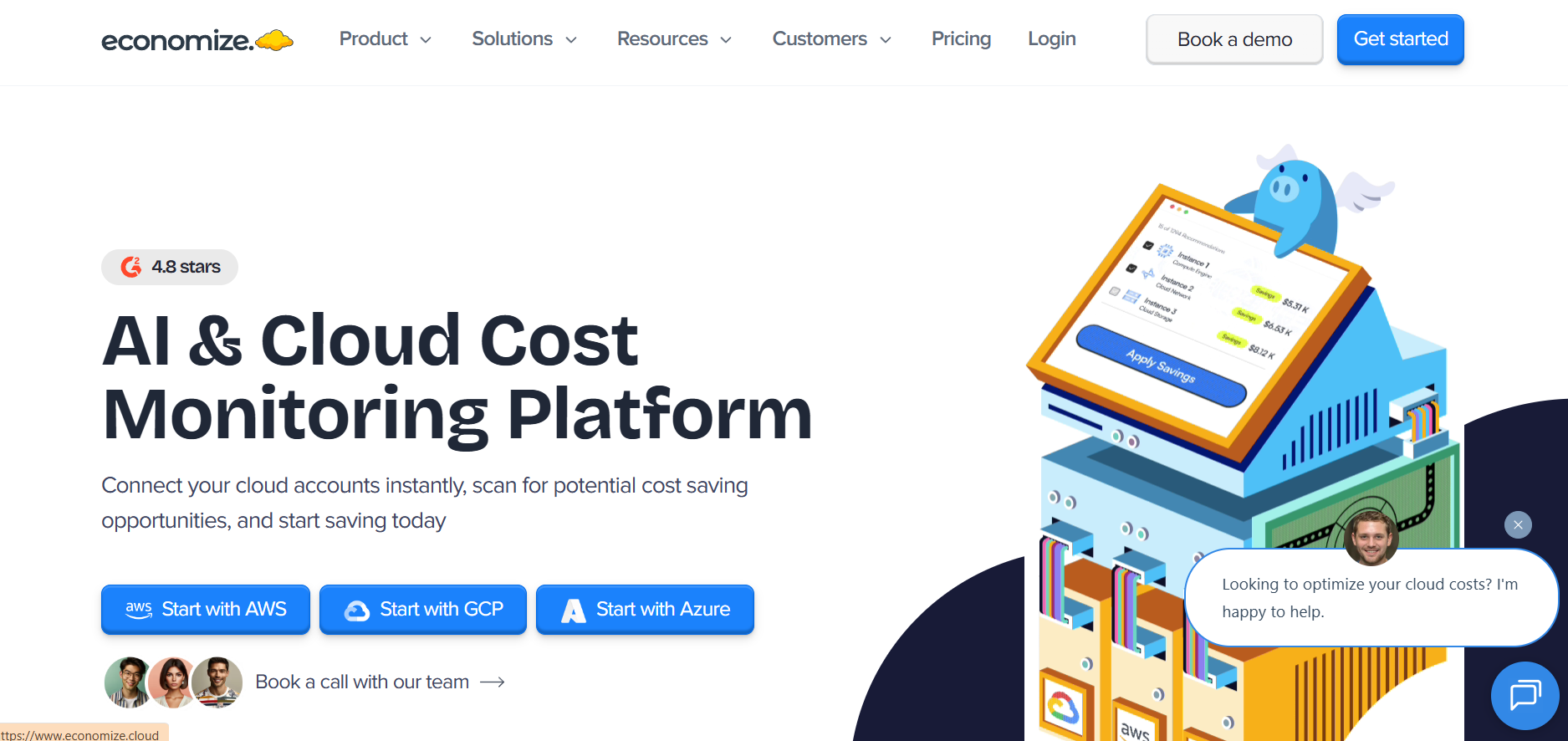
Economize is a comprehensive cloud cost optimization platform designed to provide real-time insights into Azure spending. It helps organizations track resource usage and optimize cloud costs by offering detailed cost visibility, smart suggestions, and proactive actions to reduce waste.
Key Features:
Best for: Organizations seeking real-time, actionable insights into their Azure usage to optimize spending and improve budget accuracy.
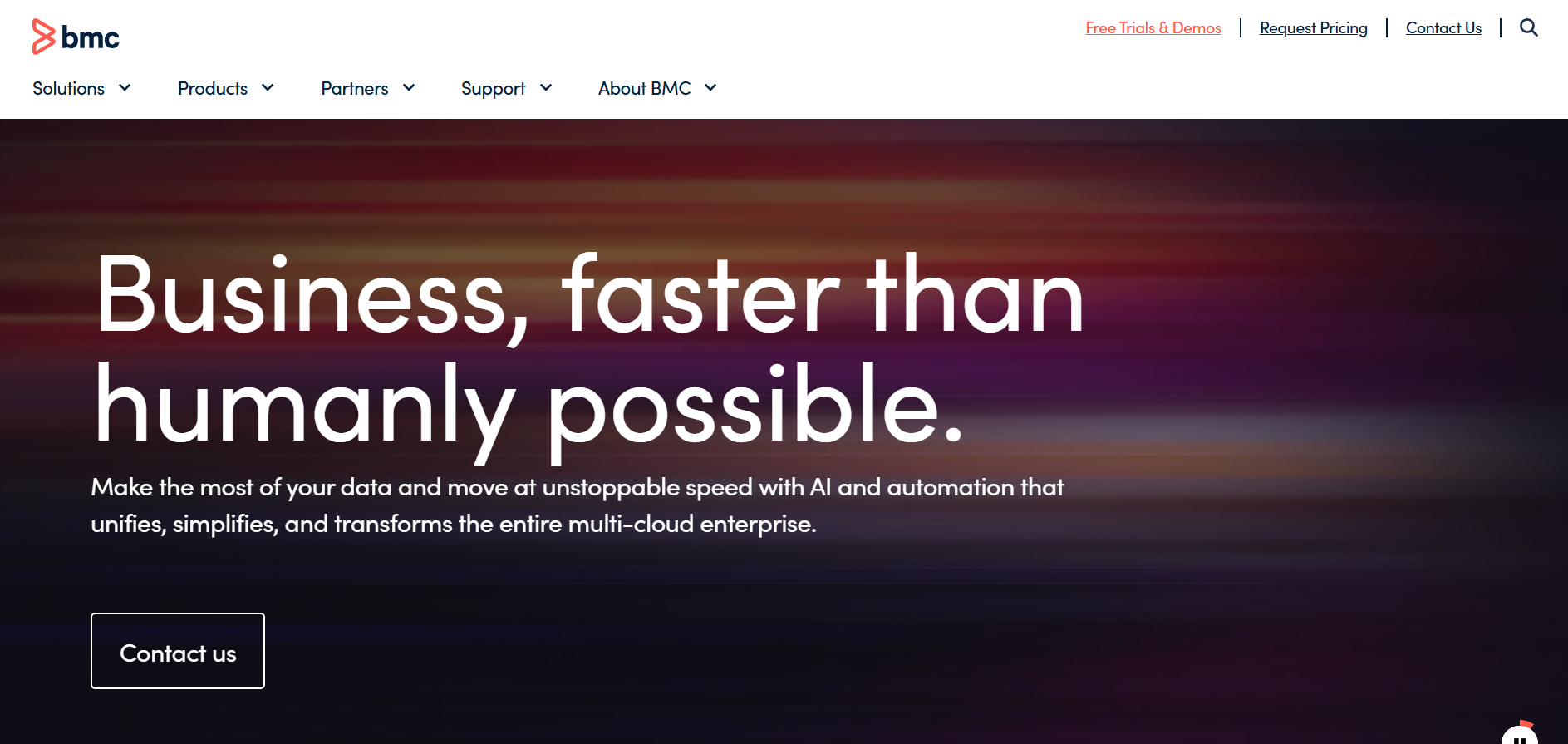
BMC Helix Cloud Cost is an advanced cloud cost optimization platform that provides organizations with a comprehensive solution to manage and optimize cloud spending across multiple providers. It combines detailed cost tracking with powerful analytics, helping businesses reduce waste, optimize resource allocation, and stay within budget.
Key Features:
Best for: Large enterprises needing multi-cloud cost optimization with automated insights, anomaly detection, and robust budget management.

IBM Cloudability is a cloud cost management platform that helps organizations track and optimize their cloud spending across multiple cloud environments, including Azure. It offers deep visibility into cloud costs, enabling businesses to manage budgets, identify inefficiencies, and drive cost-saving decisions.
Key Features:
Best for: Organizations needing multi-cloud visibility with detailed reporting and automated cost-saving recommendations for Azure and other cloud platforms.

GorillaStack is a cloud automation platform that helps DevOps teams manage costs, enforce governance, and ensure compliance across AWS and Microsoft Azure. It offers preconfigured rules and workflows to optimize resources and automate threat remediation without the need for coding.
Key Features:
Best for: DevOps teams seeking to automate Azure cost management and enforce governance policies without manual coding.
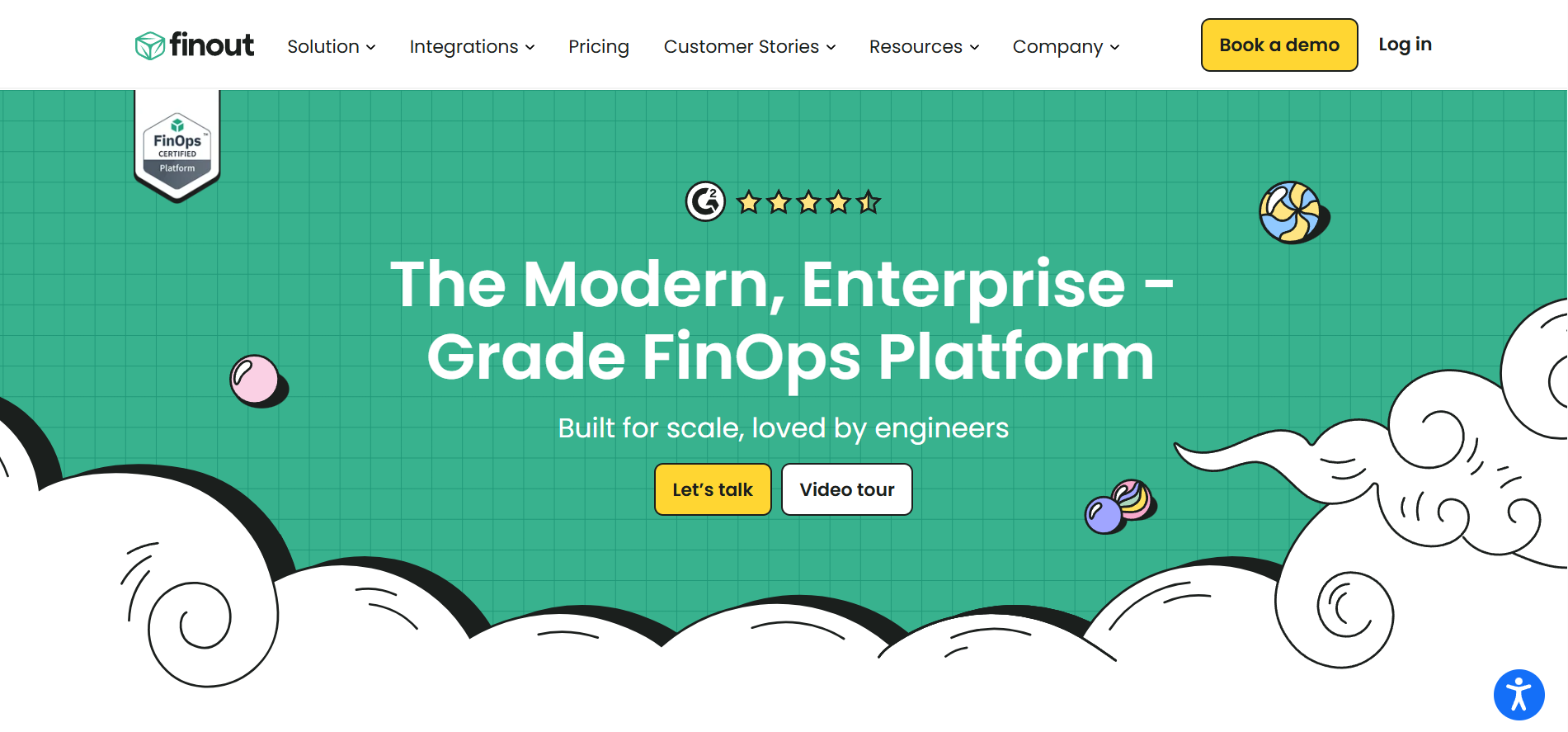
Finout is an enterprise-grade FinOps platform that offers comprehensive cloud cost management and optimization across Azure and other cloud providers. It enables organizations to gain deep visibility into their cloud spending, allocate costs accurately, and implement proactive cost-saving measures.
Key Features:
Best for: Organizations seeking a comprehensive, scalable solution for managing and optimizing Azure cloud costs, with features that support detailed cost allocation, proactive optimization, and strategic financial planning.

Looker is a powerful data analytics platform that integrates with Azure billing data to provide in-depth insights into cloud spending. By connecting Azure Billing data to Looker, organizations can create customized reports and dashboards to monitor and optimize their cloud expenditures.
Key Features:
Best for: Organizations seeking advanced analytics and visualization capabilities to gain deeper insights into their Azure cloud spending.
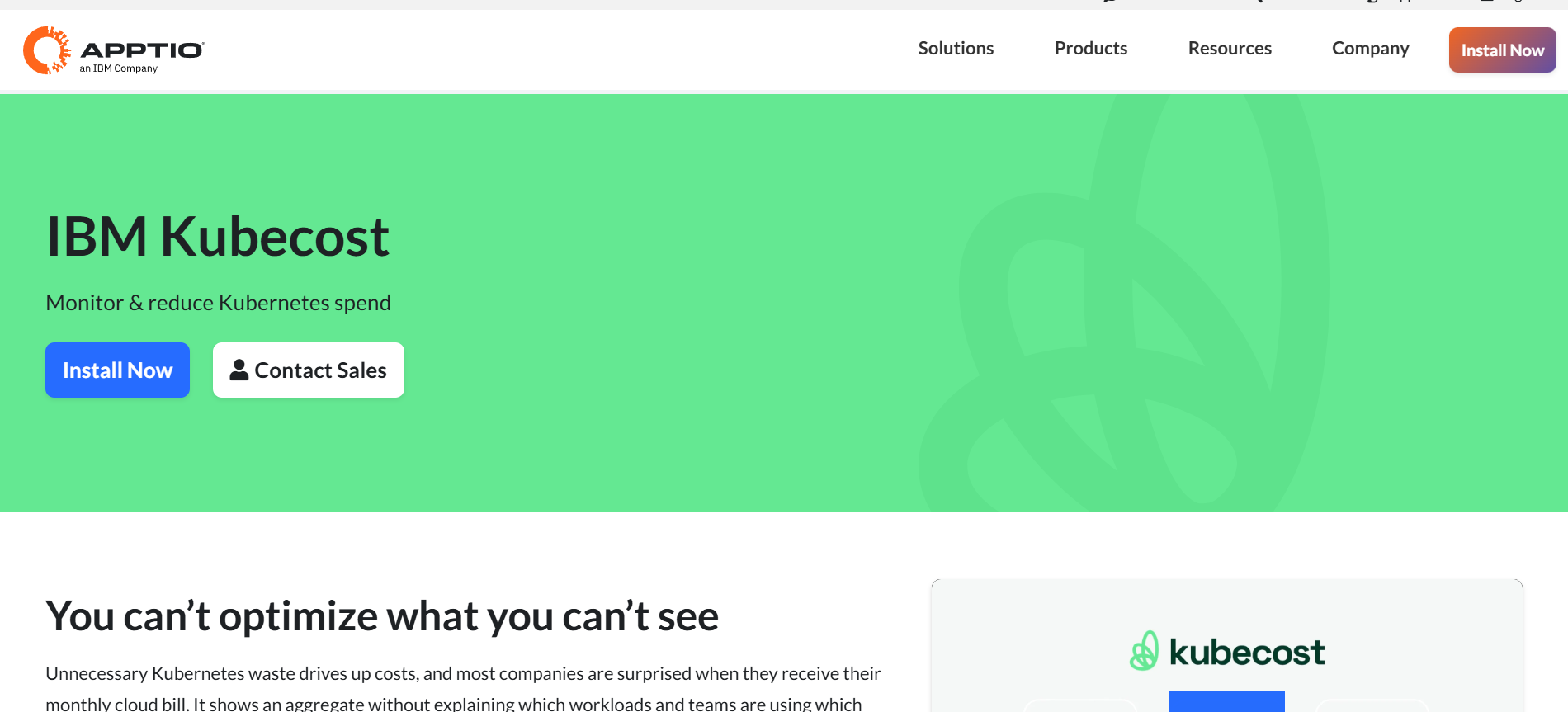
Kubecost is a cost monitoring and optimization platform designed for Kubernetes environments, including Azure Kubernetes Service (AKS). It provides real-time visibility into Kubernetes spending, enabling teams to allocate costs accurately and optimize resource usage.
Key Features:
Best for: Organizations utilizing Kubernetes on Azure seeking detailed cost visibility and optimization for their containerized workloads.
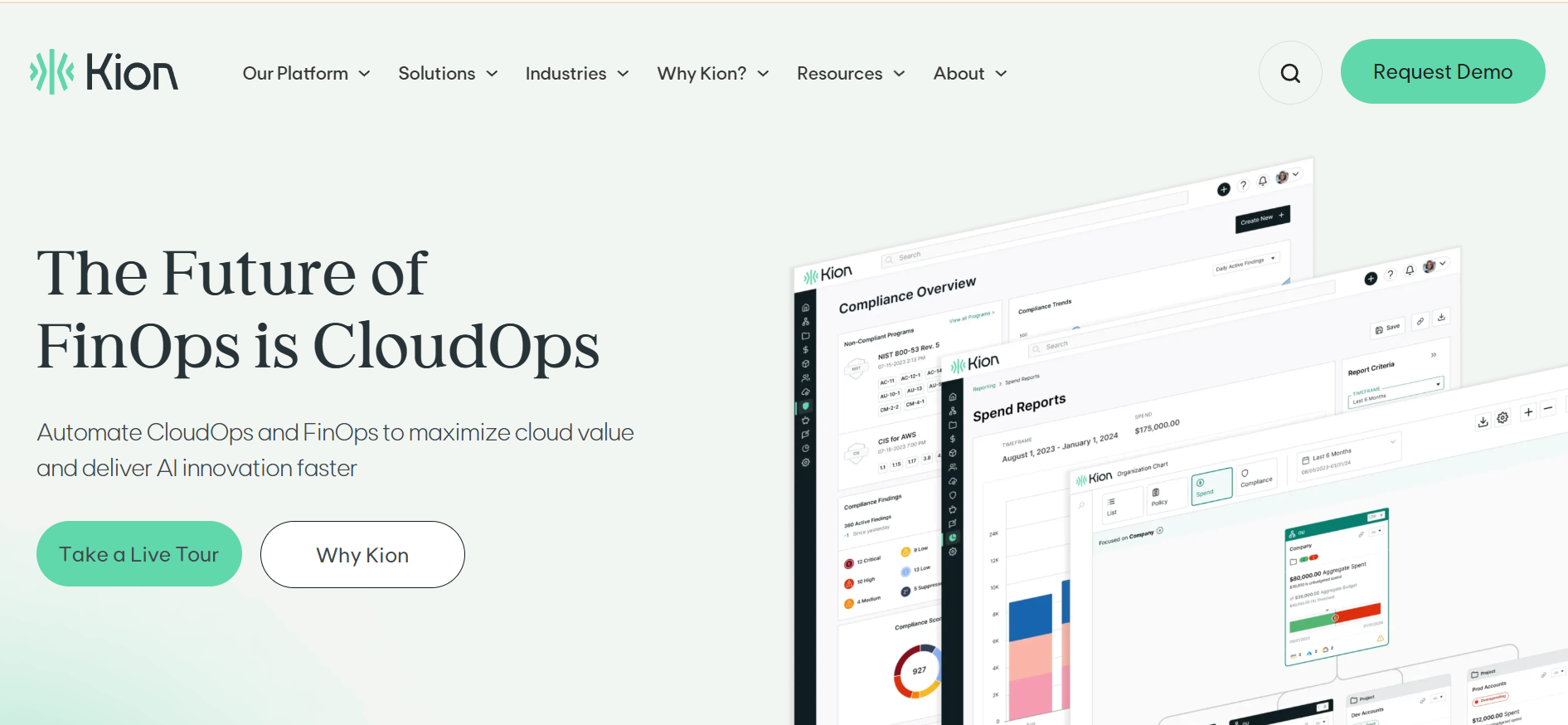
Kion is a comprehensive cloud governance platform that enables organizations to control cloud costs through effective budgeting, policy enforcement, and resource optimization. It supports multi-cloud infrastructures, including AWS, Azure, Google Cloud, and Oracle Cloud Infrastructure, providing a unified approach to cloud financial management.
Key Features:
Best for: Organizations seeking detailed cost control, automated policy enforcement, and real-time budget tracking across Azure environments.
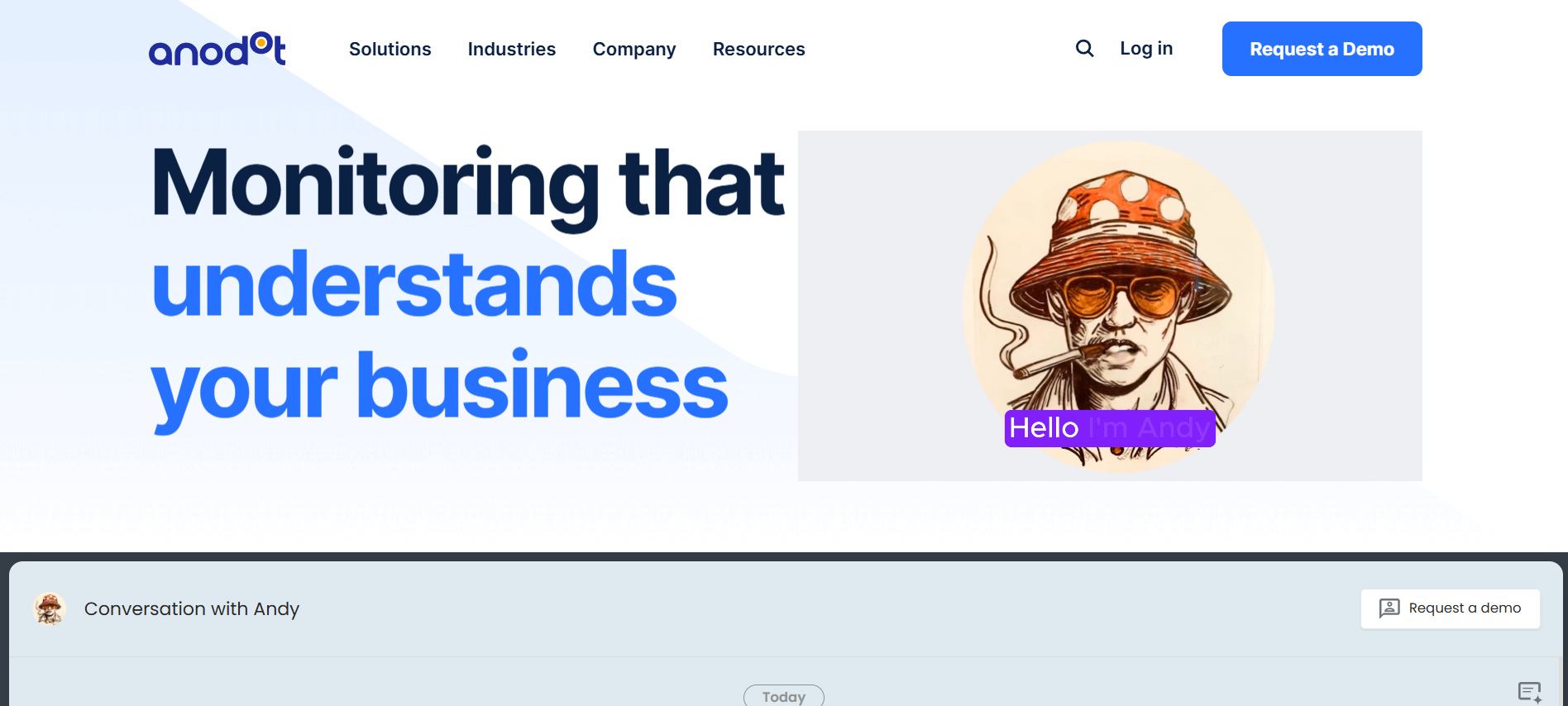
Anodot is an AI-powered analytics platform specializing in cloud cost optimization and anomaly detection. It provides real-time insights into Azure spending, enabling organizations to identify and address cost anomalies promptly.
Key Features:
Best for: Organizations seeking advanced, AI-driven tools for real-time Azure cost monitoring, anomaly detection, and comprehensive financial reporting.
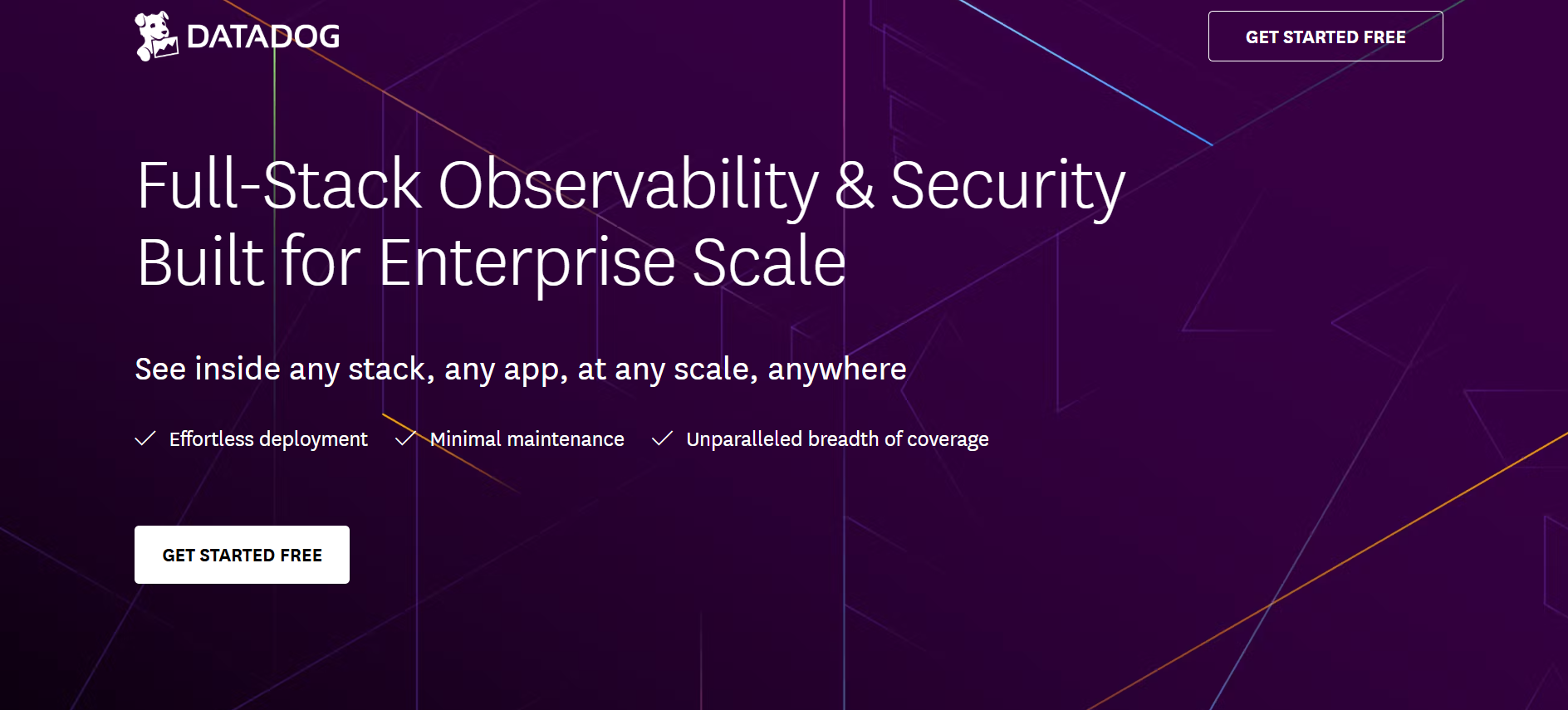
Datadog is a unified observability platform that integrates monitoring, security, and analytics for cloud-scale applications. For Azure environments, Datadog provides robust tools to manage and optimize cloud spending effectively.
Key Features:
Best for: Organizations seeking a unified platform that combines observability with advanced cloud cost management capabilities for Azure environments.
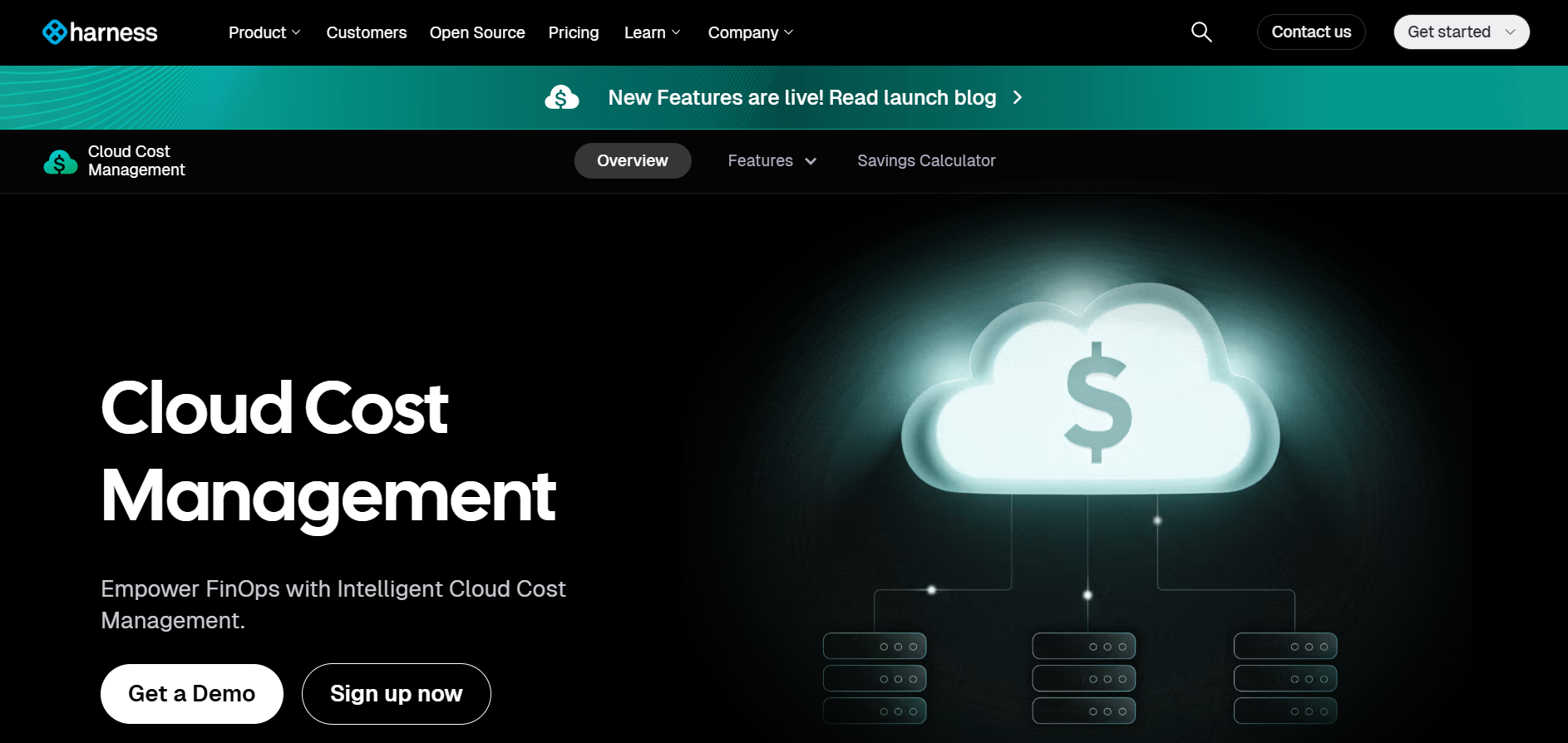
Harness is a cloud management platform that combines cost optimization with DevOps automation. It provides engineering teams with the tools they need to track, optimize, and manage Azure costs in a fully automated way. Harness’s unique focus on integration with DevOps workflows makes it especially useful for teams looking to optimize costs without disrupting development cycles.
Key Features:
Best for: DevOps and engineering teams seeking an integrated solution for optimizing Azure cloud costs while maintaining their development velocity and operational efficiency.
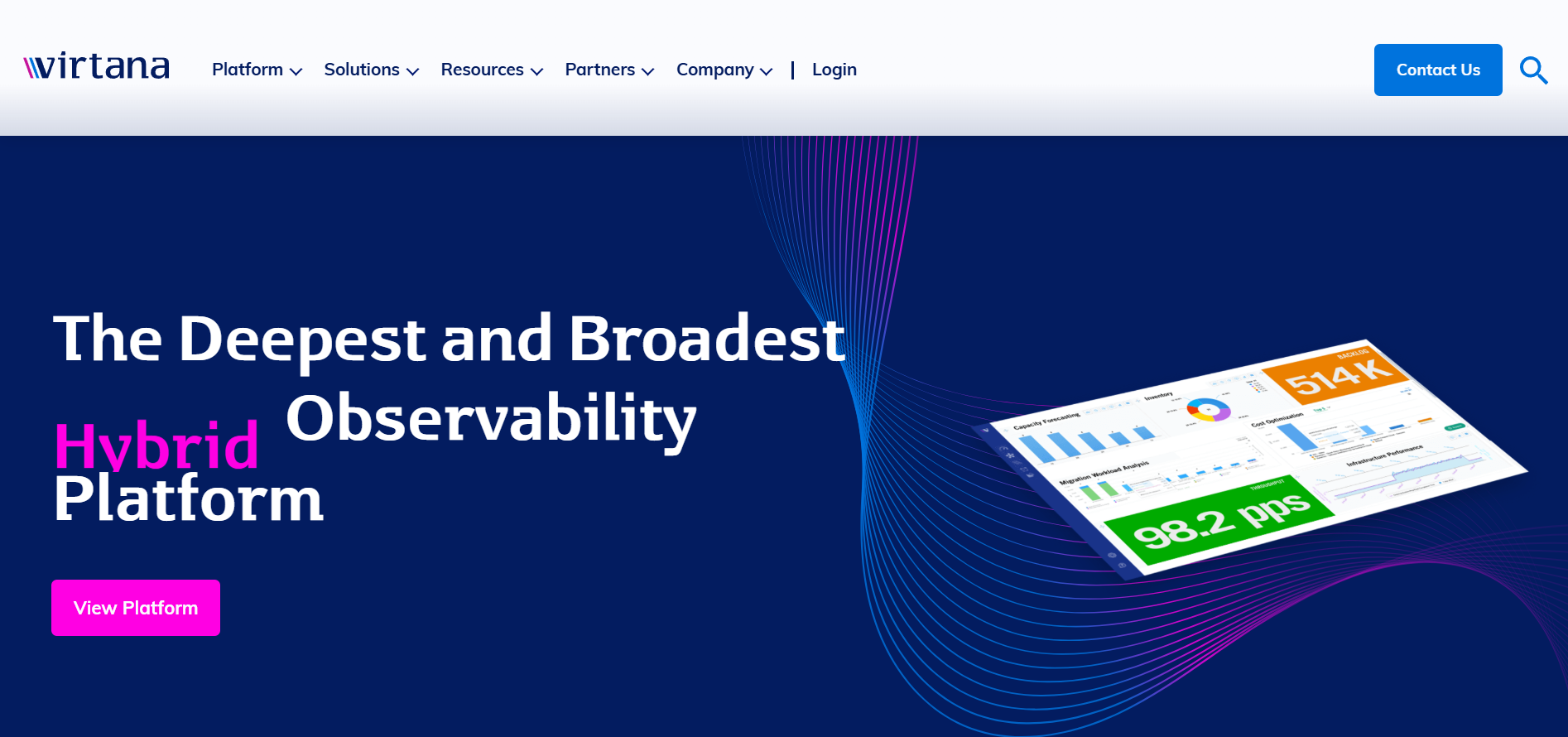
Virtana Optimize is a cloud cost management solution designed to provide deep visibility and actionable insights into Azure spending. It offers a comprehensive approach to optimizing cloud costs by integrating performance metrics with cost analysis, ensuring that organizations can reduce expenses without compromising on performance.
Key Features
Best for: Enterprises seeking a comprehensive, performance-aware cloud cost optimization solution that integrates cost and performance metrics to make informed decisions across hybrid and multi-cloud environments.
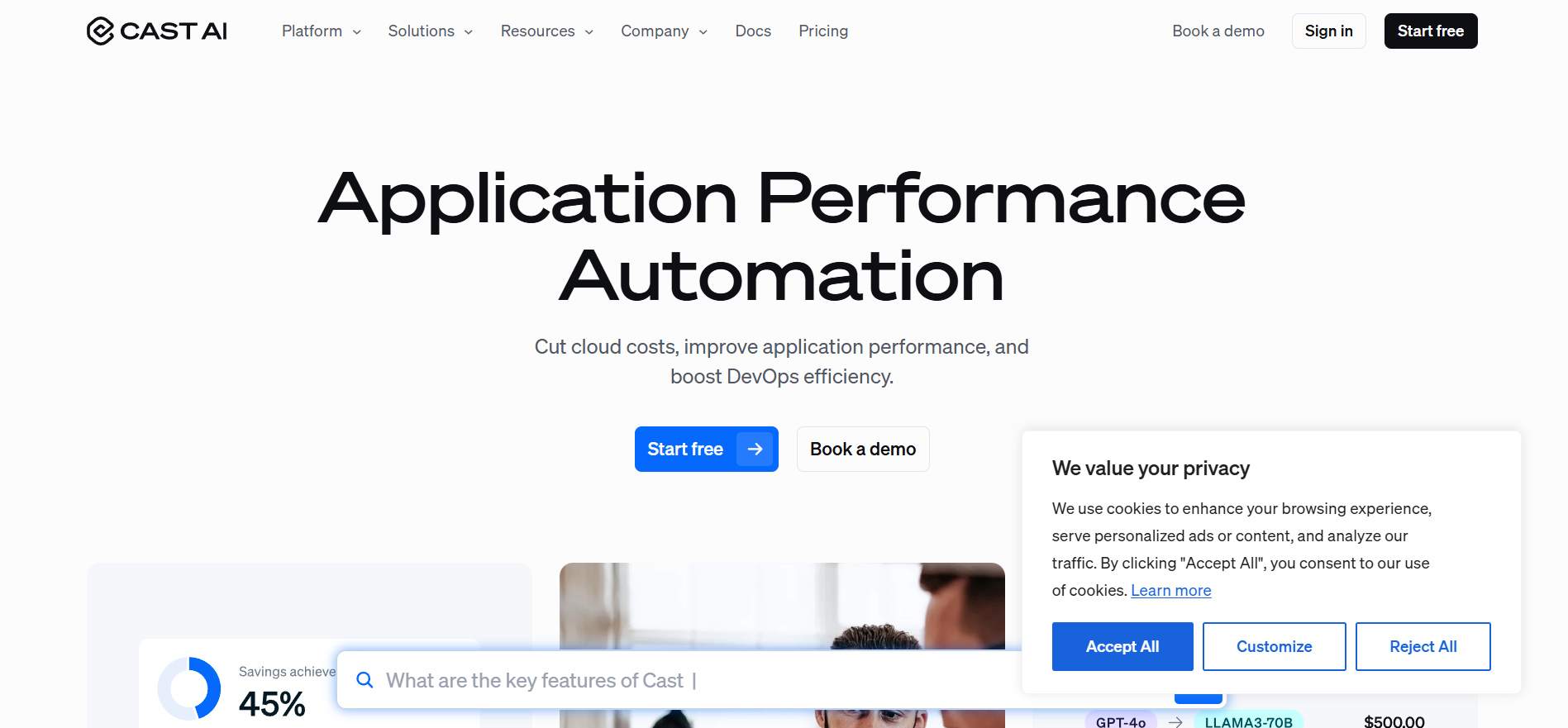
Cast AI is an AI-driven cloud cost optimization platform specializing in Kubernetes environments, including Azure Kubernetes Service (AKS). It automates resource allocation, scaling, and cost optimization to enhance efficiency and reduce cloud expenditures.
Key Features:
Best for: Organizations utilizing Azure Kubernetes Service seeking automated, AI-driven cost optimization and resource management.
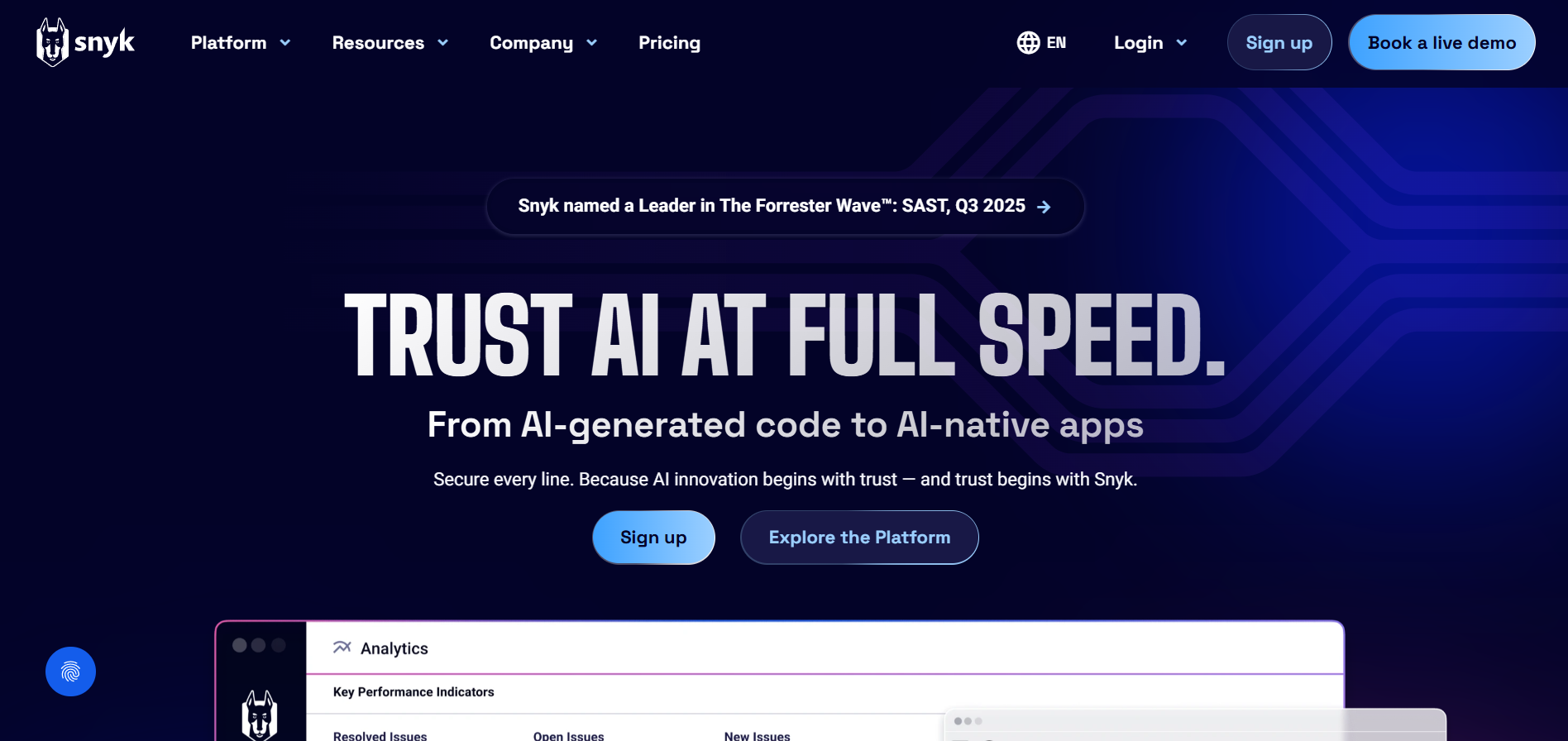
Snyk is a developer-first security platform that helps organizations find and fix vulnerabilities in their applications and infrastructure. While primarily known for its security features, Snyk also offers tools that can aid in optimizing Azure costs by identifying and addressing inefficiencies in cloud configurations and resource usage.
Key Features:
Best for: Development and security teams looking to proactively identify and address Azure misconfigurations that could lead to unnecessary costs, integrating security and cost optimization into the development lifecycle.
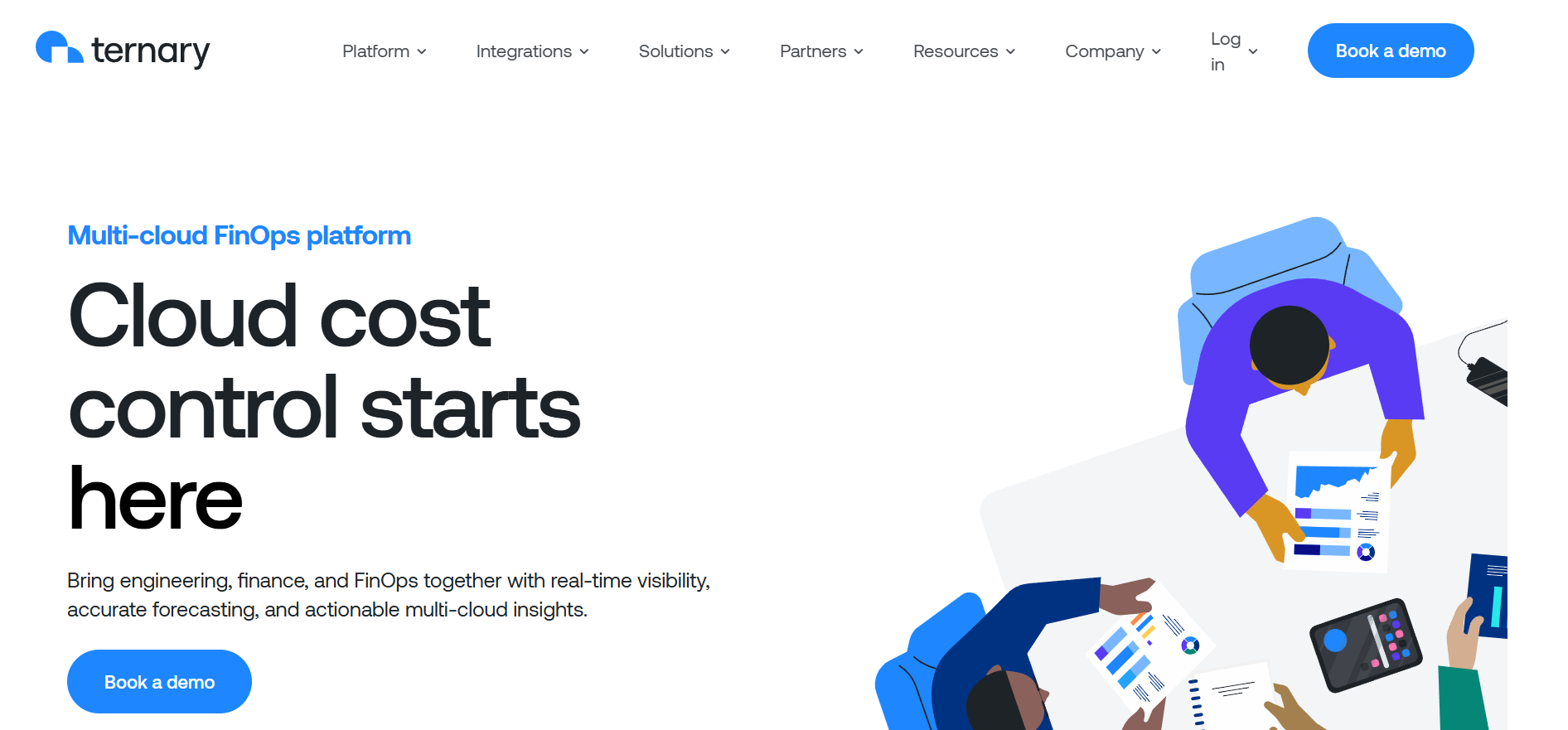
Ternary is a FinOps platform designed to provide comprehensive visibility and control over multi-cloud spending, including Azure. It enables organizations to optimize their cloud costs through detailed analytics, cost allocation, and collaborative workflows.
Key Features:
Best for: Organizations seeking a comprehensive, multi-cloud FinOps solution that offers detailed cost insights, optimization recommendations, and collaborative tools to manage Azure spending effectively.
When we’ve worked closely with engineering leaders, one common thread we've noticed is the frustration of trying to manage cloud costs without the right tools.
Engineering teams, particularly those managing multi-cloud, find themselves buried in cloud billing data that’s difficult to parse and even harder to act on. The right platform should simplify management of this mess without adding more overhead.
What we’ve found most useful are platforms that automate actions in real time, adjusting resources when demand changes or shutting down underutilized capacity without waiting for human intervention. That kind of automation is what allows teams to spend less time firefighting and more time improving reliability.
When evaluating tools, ask these questions:
A lot of tools stop at telling you what’s wrong. That’s not enough. Ask if the platform can rightsize resources automatically, shut down idle environments, and trigger budget alerts before you overspend. If you’re still doing the heavy lifting, it’s adding more work.
Does it provide instant visibility, detect anomalies, and alert teams before overspending? Delayed insight means wasted dollars.
Can it handle growing workloads, multiple accounts, and evolving thresholds? If it can’t grow with you, it won’t last.
Cost optimization is cross-functional. Does the interface make sense to finance, IT, and engineering alike? Look for clear dashboards, straightforward insights, and recommendations you can act on without a PhD in Azure billing. If only one team understands it, adoption will stall.
You can’t trade cost savings for risk. Does the tool encrypt data, meet standards like GDPR and HIPAA, and give you role-based access with audit trails? If security feels like an afterthought, that’s a red flag.
Does it integrate with Azure-native services like Cost Management and Advisor? Can it connect to tools like Power BI or even support AWS and GCP if you’re multi-cloud? If it creates silos instead of streamlining workflows, it’s not worth it.
When you look at these criteria through the lens of actual engineering workflows, it’s easy to see why many teams get stuck: the tool might meet some requirements but fall short where it matters most: automation, real-time action, and cross-team usability.
That’s exactly where Sedai fits in. It doesn’t just provide visibility or alerts. It continuously manages resources in real time, rightsizing workloads, deallocating idle capacity, and keeping budgets on track. For engineering leaders, it’s the kind of tool that actually keeps the work manageable without adding overhead.
Managing Azure costs has always been a challenge for engineering teams. While native Azure tools provide basic visibility, they don’t go far enough in optimizing spending without requiring constant manual intervention. Third-party tools offer deeper insights, but the burden of taking action still falls on engineers, leading to inefficiency and wasted resources.
That’s why engineering leaders are turning to autonomous systems like Sedai, which go beyond reporting by continuously optimizing resources in real time to keep your Azure environment efficient, resilient, and aligned with business goals.
Gain full visibility into your Azure environment and reduce wasted spend immediately.
Azure cost optimization ensures that organizations only pay for the resources they need, preventing overspending on unused or underutilized resources. By optimizing cloud spend, businesses can allocate funds more effectively toward innovation and growth.
While Azure’s native tools provide basic functionalities like budgeting and forecasting, third-party optimization tools offer more granular insights, automated recommendations, and multi-cloud support, making them essential for large or complex environments.
These tools automate much of the cost management process, offering real-time visibility, anomaly detection, and recommendations for resource rightsizing. This reduces the time engineers spend on cost wrangling and allows them to focus on core tasks like performance and reliability.
Challenges include resource over-provisioning, lack of visibility into resource usage, and difficulty managing costs across multi-cloud environments. Without the right tools, it becomes challenging to track costs accurately and ensure optimal resource allocation.
September 29, 2025
November 12, 2025

Azure cost optimization has become a constant priority for engineering leaders as bills rise faster than expected. While native Azure tools provide dashboards and visibility, they stop short of fixing inefficiencies, leaving engineers chasing anomalies instead of building. That’s where cost optimization platforms come in, combining analytics, automation, and FinOps practices to right-size workloads, detect anomalies early, and align spending with actual business needs. Autonomous platforms like Sedai act in real time to optimize workloads without adding manual overhead, delivering lower costs, stronger reliability, and operations aligned with business goals.
If you’re leading an engineering team on Azure, you already know the trade-off: flexibility on one side, unpredictable costs on the other. Azure now holds 23% of the global public cloud infrastructure market, second only to AWS. That growth proves its importance, but it also means more teams are running into the same issue: bills that climb faster than expected.
The waste is real. Studies show that as much as 32% of cloud spend disappears into idle or misconfigured resources. At the same time, Gartner reports that 68% of organizations expect their cloud budgets to increase.
For engineering leaders, that translates into a constant balancing act: deliver new features and reliability, while keeping finance from questioning every line item on the invoice.
The real problem isn’t a lack of data. It’s that dashboards and reports don’t fix the waste in real time. Too often, engineers are stuck chasing cost anomalies instead of building.
That’s why we have created this blog that highlights the top 25 Azure cost optimization tools for 2025, solutions designed to give you more than charts, from sharper cost insights to platforms that can actually act on inefficiencies as they happen.
We’ve sat in too many war rooms where an engineering team tries to explain why the Azure bill doubled overnight. It’s never a neat story. Maybe someone left a “test” environment running for three months. Maybe VMs were oversized to avoid performance complaints. Or maybe the dashboard looked fine until finance came knocking. The pattern is always the same: visibility exists, but control doesn’t.
That’s where Azure cost optimization comes in. It’s the practice of managing and reducing cloud expenditures while still meeting performance and scalability requirements. Done right, it aligns spending with actual business needs rather than wishful estimates or last-minute patches.
Effective Azure cost optimization includes activities like rightsizing virtual machines (VMs), managing storage costs by selecting the right storage tiers, and eliminating idle or underutilized resources. Azure’s pay-as-you-go model provides flexibility, but also challenges in keeping spending predictable and within budget.
If cost optimization is the discipline, the tools are what make it possible at scale. An Azure cost optimization tool is a software solution designed to help organizations manage and optimize their cloud spending on Azure. These tools enable teams to track usage, identify underutilized resources, forecast future costs, and receive automated recommendations to reduce unnecessary spending.
Typical capabilities include:

Ask any engineering leader who’s tried to tame an Azure bill, and you’ll hear the same story: what starts as manageable spend can spiral into millions in waste. Azure’s flexibility is its greatest strength, but it’s also the reason costs balloon so easily.
A single misconfigured workload, a “temporary” VM left running, or over-provisioning for safety can quietly drain budgets long before anyone notices. This is why cost optimization tools have become less of a “nice to have” and more of a necessity for engineering teams.
Here are the key reasons why:
We’ve seen mid-sized organizations burn through millions in waste each year, usually not due to incompetence, but because no one noticed the idle clusters and oversized VMs until finance flagged the bill.
BCG reports that cost-saving initiatives can reduce waste by 6-14% initially, with further optimization efforts resulting in savings of 8-20%. For large enterprises, this could translate into significant financial relief.
Azure’s pricing models are notoriously complex. Try breaking down costs by department, team, or project, and suddenly no one knows which service is quietly draining the budget. Engineers often have partial visibility at best, making it nearly impossible to link spend back to usage in a way that drives meaningful action.
Most enterprises aren’t running Azure in isolation. Deloitte reports 73% run hybrid setups and 53% juggle multiple providers. That complexity means manual oversight becomes a losing game. You can’t realistically expect engineers to track every resource, every region, and every provider without missing something costly.
Cloud budgets face tighter scrutiny, especially with generative AI workloads consuming more resources. Without proper controls, even promising innovation can become a liability when costs outpace returns.
Engineering teams often over-provision resources to ensure performance and reliability, leading to unnecessary waste. In the absence of structured cost governance, organizations are often provisioning resources that far exceed actual needs. With Azure cost optimization tools, these inefficiencies can be automatically identified and corrected, preventing costly over-provisioning.
While traditional optimization tools can identify resource inefficiencies, they fall short when it comes to taking action. Forrester's 2024 Automation Survey shows that organizations adopt automation tools to manage multi‑cloud environments, yet dashboards alone cannot scale since engineering teams lack time to implement recommendations.
What engineering leaders need now is autonomy: systems that act in real time, rightsizing and reallocating before waste spirals.
By utilizing Azure cost optimization tools, engineering teams can automate cost management, gain deeper visibility into usage patterns, and optimize resources based on actual needs.
Choosing the right tool is often the difference between saving a few percentage points off your Azure bill and fundamentally changing how your organization manages cloud spend.
Azure’s built-in tools can get you part of the way: budgets, dashboards, and usage reports are table stakes now, but most engineering leaders quickly realize that surface-level visibility isn’t enough.
Most vendors will tell you their tool “allocates costs,” “tracks anomalies,” and “optimizes usage.” That’s fine, but dashboards don’t save money. Actions do. That’s why the best Azure cost optimization platforms in 2025 don’t just analyze. They execute. They act safely, autonomously, and in real time.
Below, we explore 10 top tools for Azure cost optimization, detailing their key features. Let’s start with the one that actually lives up to that promise.

Engineering teams are caught in a constant struggle to manage cloud costs while maintaining system reliability. Traditional tools lack the context and ability to act on those insights. This leaves engineering teams scrambling to act on those insights manually.
Sedai takes a different path. Instead of waiting for engineers to react, it acts autonomously:
This real-time intelligence is what sets Sedai apart. Where most platforms show you what’s wrong, Sedai actually fixes it, adjusting commitments, rightsizing resources, and tuning workloads without manual input.
For enterprises, this means:
Key Features:
Best for: Enterprises managing large-scale, multi-cloud environments that need real-time optimization without constant manual adjustments and engineering teams who want to reduce cloud costs without adding more manual tasks to their plate.

CloudZero offers a real-time cloud cost intelligence platform that focuses on providing detailed visibility into how resources are used across teams, products, and features. It helps organizations to optimize cloud spending by tracking costs at a granular level, enabling precise cost allocation and anomaly detection. With a unit economics approach, CloudZero helps businesses understand their cloud costs per customer or feature, which improves decision-making and boosts ROI.
Key Features:
Best For: Engineering teams that want detailed cost visibility and the ability to align cloud costs with customer or product features. Ideal for companies seeking clear, actionable insights to optimize cloud spending.

Turbo360 is an advanced Cloud Management Platform designed to optimize Azure costs and enhance infrastructure monitoring for complex Azure environments. It enables organizations to achieve significant Azure cost savings and improve operational efficiency.
Key Features:
Best for: Small-to-medium businesses looking for a straightforward cost analysis tool with budgeting and forecasting capabilities to reduce cloud waste.

CloudHealth is a comprehensive cloud management platform designed to optimize and govern multi-cloud environments, including Azure. It offers powerful cost management capabilities alongside security, performance, and compliance monitoring. CloudHealth's intuitive dashboard provides a centralized view of cloud spending, enabling organizations to track, manage, and optimize their Azure resources efficiently.
Key Features:
Best for: Enterprises with complex, multi-cloud environments that need centralized cost management and compliance monitoring.

CloudCheckr is a leading cloud management platform offering extensive cost optimization features, including resource rightsizing and recommendations for cost reduction. It provides detailed reporting on cloud resources and usage, helping businesses identify and eliminate unnecessary expenditures.
Key Features:
Best for: Organizations needing a comprehensive cloud management tool that combines cost optimization with security and compliance tracking.
ParkMyCloud focuses on automating the scheduling of cloud resources to minimize idle times and unnecessary costs, especially for non-production environments. This tool is ideal for businesses with development, testing, or staging environments where resources are often running during off-hours. ParkMyCloud helps businesses reduce cloud waste by automatically turning off idle resources based on custom schedules.
Key Features:
Best for: Organizations looking to automate the management of non-production resources and reduce costs from idle time in development and test environments.

Densify is a cloud optimization platform that uses machine learning to analyze resource usage patterns and make recommendations for cost-saving optimizations. It helps businesses with continuous rightsizing of cloud resources, ensuring that they are always matched to workload requirements. Densify’s intelligent recommendations ensure optimal performance while reducing unnecessary cloud spending.
Key Features:
Best for: Companies requiring continuous cloud optimization and automated resource management based on performance metrics. Ideal for organizations with dynamic cloud environments.

CloudBolt is a cloud management platform designed for enterprises with multi-cloud environments. It provides detailed cost tracking, budgeting, and optimization tools for Azure, AWS, GCP, and more. CloudBolt helps businesses improve visibility into their cloud infrastructure and optimize resource allocation across different cloud platforms, leading to better cost management.
Key Features:
Best for: Large enterprises with complex multi-cloud environments requiring centralized cost tracking, resource optimization, and financial management.

Spot by NetApp focuses on automating cost optimization for cloud workloads using intelligent algorithms to manage workloads efficiently. Spot uses Spot Instances, AutoScaler, and Elasticity to dynamically adjust resources based on demand.
Key Features:
Best for: Businesses seeking to optimize compute costs by leveraging spot instances and automated resource scaling for dynamic workloads.

Flexera offers a robust cloud management solution with strong capabilities for cost optimization, governance, and compliance. It provides a centralized dashboard to track and manage cloud resources across Azure and other platforms. The tool helps organizations identify inefficiencies, right-size resources, and automate resource management to optimize cloud costs.
Key Features:
Best for: Large enterprises with complex cloud environments needing multi-cloud resource management, compliance tracking, and optimization tools.

Economize is a comprehensive cloud cost optimization platform designed to provide real-time insights into Azure spending. It helps organizations track resource usage and optimize cloud costs by offering detailed cost visibility, smart suggestions, and proactive actions to reduce waste.
Key Features:
Best for: Organizations seeking real-time, actionable insights into their Azure usage to optimize spending and improve budget accuracy.

BMC Helix Cloud Cost is an advanced cloud cost optimization platform that provides organizations with a comprehensive solution to manage and optimize cloud spending across multiple providers. It combines detailed cost tracking with powerful analytics, helping businesses reduce waste, optimize resource allocation, and stay within budget.
Key Features:
Best for: Large enterprises needing multi-cloud cost optimization with automated insights, anomaly detection, and robust budget management.

IBM Cloudability is a cloud cost management platform that helps organizations track and optimize their cloud spending across multiple cloud environments, including Azure. It offers deep visibility into cloud costs, enabling businesses to manage budgets, identify inefficiencies, and drive cost-saving decisions.
Key Features:
Best for: Organizations needing multi-cloud visibility with detailed reporting and automated cost-saving recommendations for Azure and other cloud platforms.

GorillaStack is a cloud automation platform that helps DevOps teams manage costs, enforce governance, and ensure compliance across AWS and Microsoft Azure. It offers preconfigured rules and workflows to optimize resources and automate threat remediation without the need for coding.
Key Features:
Best for: DevOps teams seeking to automate Azure cost management and enforce governance policies without manual coding.

Finout is an enterprise-grade FinOps platform that offers comprehensive cloud cost management and optimization across Azure and other cloud providers. It enables organizations to gain deep visibility into their cloud spending, allocate costs accurately, and implement proactive cost-saving measures.
Key Features:
Best for: Organizations seeking a comprehensive, scalable solution for managing and optimizing Azure cloud costs, with features that support detailed cost allocation, proactive optimization, and strategic financial planning.

Looker is a powerful data analytics platform that integrates with Azure billing data to provide in-depth insights into cloud spending. By connecting Azure Billing data to Looker, organizations can create customized reports and dashboards to monitor and optimize their cloud expenditures.
Key Features:
Best for: Organizations seeking advanced analytics and visualization capabilities to gain deeper insights into their Azure cloud spending.

Kubecost is a cost monitoring and optimization platform designed for Kubernetes environments, including Azure Kubernetes Service (AKS). It provides real-time visibility into Kubernetes spending, enabling teams to allocate costs accurately and optimize resource usage.
Key Features:
Best for: Organizations utilizing Kubernetes on Azure seeking detailed cost visibility and optimization for their containerized workloads.

Kion is a comprehensive cloud governance platform that enables organizations to control cloud costs through effective budgeting, policy enforcement, and resource optimization. It supports multi-cloud infrastructures, including AWS, Azure, Google Cloud, and Oracle Cloud Infrastructure, providing a unified approach to cloud financial management.
Key Features:
Best for: Organizations seeking detailed cost control, automated policy enforcement, and real-time budget tracking across Azure environments.

Anodot is an AI-powered analytics platform specializing in cloud cost optimization and anomaly detection. It provides real-time insights into Azure spending, enabling organizations to identify and address cost anomalies promptly.
Key Features:
Best for: Organizations seeking advanced, AI-driven tools for real-time Azure cost monitoring, anomaly detection, and comprehensive financial reporting.

Datadog is a unified observability platform that integrates monitoring, security, and analytics for cloud-scale applications. For Azure environments, Datadog provides robust tools to manage and optimize cloud spending effectively.
Key Features:
Best for: Organizations seeking a unified platform that combines observability with advanced cloud cost management capabilities for Azure environments.

Harness is a cloud management platform that combines cost optimization with DevOps automation. It provides engineering teams with the tools they need to track, optimize, and manage Azure costs in a fully automated way. Harness’s unique focus on integration with DevOps workflows makes it especially useful for teams looking to optimize costs without disrupting development cycles.
Key Features:
Best for: DevOps and engineering teams seeking an integrated solution for optimizing Azure cloud costs while maintaining their development velocity and operational efficiency.

Virtana Optimize is a cloud cost management solution designed to provide deep visibility and actionable insights into Azure spending. It offers a comprehensive approach to optimizing cloud costs by integrating performance metrics with cost analysis, ensuring that organizations can reduce expenses without compromising on performance.
Key Features
Best for: Enterprises seeking a comprehensive, performance-aware cloud cost optimization solution that integrates cost and performance metrics to make informed decisions across hybrid and multi-cloud environments.

Cast AI is an AI-driven cloud cost optimization platform specializing in Kubernetes environments, including Azure Kubernetes Service (AKS). It automates resource allocation, scaling, and cost optimization to enhance efficiency and reduce cloud expenditures.
Key Features:
Best for: Organizations utilizing Azure Kubernetes Service seeking automated, AI-driven cost optimization and resource management.

Snyk is a developer-first security platform that helps organizations find and fix vulnerabilities in their applications and infrastructure. While primarily known for its security features, Snyk also offers tools that can aid in optimizing Azure costs by identifying and addressing inefficiencies in cloud configurations and resource usage.
Key Features:
Best for: Development and security teams looking to proactively identify and address Azure misconfigurations that could lead to unnecessary costs, integrating security and cost optimization into the development lifecycle.

Ternary is a FinOps platform designed to provide comprehensive visibility and control over multi-cloud spending, including Azure. It enables organizations to optimize their cloud costs through detailed analytics, cost allocation, and collaborative workflows.
Key Features:
Best for: Organizations seeking a comprehensive, multi-cloud FinOps solution that offers detailed cost insights, optimization recommendations, and collaborative tools to manage Azure spending effectively.
When we’ve worked closely with engineering leaders, one common thread we've noticed is the frustration of trying to manage cloud costs without the right tools.
Engineering teams, particularly those managing multi-cloud, find themselves buried in cloud billing data that’s difficult to parse and even harder to act on. The right platform should simplify management of this mess without adding more overhead.
What we’ve found most useful are platforms that automate actions in real time, adjusting resources when demand changes or shutting down underutilized capacity without waiting for human intervention. That kind of automation is what allows teams to spend less time firefighting and more time improving reliability.
When evaluating tools, ask these questions:
A lot of tools stop at telling you what’s wrong. That’s not enough. Ask if the platform can rightsize resources automatically, shut down idle environments, and trigger budget alerts before you overspend. If you’re still doing the heavy lifting, it’s adding more work.
Does it provide instant visibility, detect anomalies, and alert teams before overspending? Delayed insight means wasted dollars.
Can it handle growing workloads, multiple accounts, and evolving thresholds? If it can’t grow with you, it won’t last.
Cost optimization is cross-functional. Does the interface make sense to finance, IT, and engineering alike? Look for clear dashboards, straightforward insights, and recommendations you can act on without a PhD in Azure billing. If only one team understands it, adoption will stall.
You can’t trade cost savings for risk. Does the tool encrypt data, meet standards like GDPR and HIPAA, and give you role-based access with audit trails? If security feels like an afterthought, that’s a red flag.
Does it integrate with Azure-native services like Cost Management and Advisor? Can it connect to tools like Power BI or even support AWS and GCP if you’re multi-cloud? If it creates silos instead of streamlining workflows, it’s not worth it.
When you look at these criteria through the lens of actual engineering workflows, it’s easy to see why many teams get stuck: the tool might meet some requirements but fall short where it matters most: automation, real-time action, and cross-team usability.
That’s exactly where Sedai fits in. It doesn’t just provide visibility or alerts. It continuously manages resources in real time, rightsizing workloads, deallocating idle capacity, and keeping budgets on track. For engineering leaders, it’s the kind of tool that actually keeps the work manageable without adding overhead.
Managing Azure costs has always been a challenge for engineering teams. While native Azure tools provide basic visibility, they don’t go far enough in optimizing spending without requiring constant manual intervention. Third-party tools offer deeper insights, but the burden of taking action still falls on engineers, leading to inefficiency and wasted resources.
That’s why engineering leaders are turning to autonomous systems like Sedai, which go beyond reporting by continuously optimizing resources in real time to keep your Azure environment efficient, resilient, and aligned with business goals.
Gain full visibility into your Azure environment and reduce wasted spend immediately.
Azure cost optimization ensures that organizations only pay for the resources they need, preventing overspending on unused or underutilized resources. By optimizing cloud spend, businesses can allocate funds more effectively toward innovation and growth.
While Azure’s native tools provide basic functionalities like budgeting and forecasting, third-party optimization tools offer more granular insights, automated recommendations, and multi-cloud support, making them essential for large or complex environments.
These tools automate much of the cost management process, offering real-time visibility, anomaly detection, and recommendations for resource rightsizing. This reduces the time engineers spend on cost wrangling and allows them to focus on core tasks like performance and reliability.
Challenges include resource over-provisioning, lack of visibility into resource usage, and difficulty managing costs across multi-cloud environments. Without the right tools, it becomes challenging to track costs accurately and ensure optimal resource allocation.